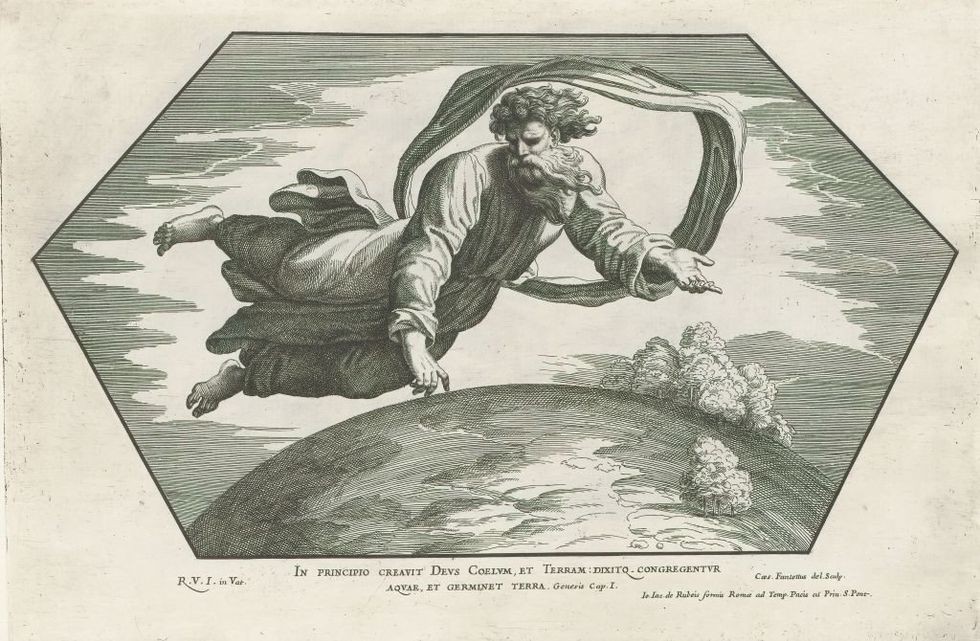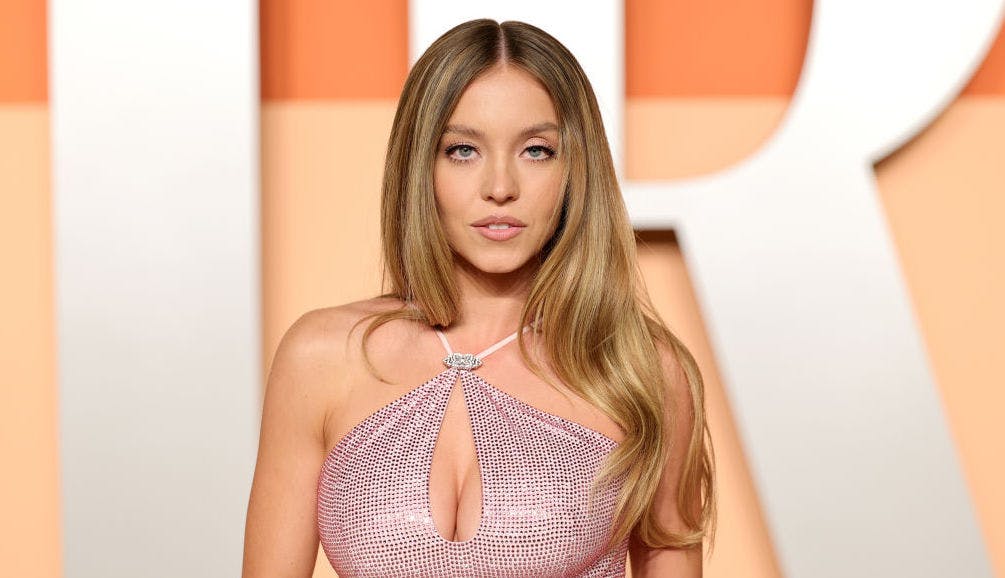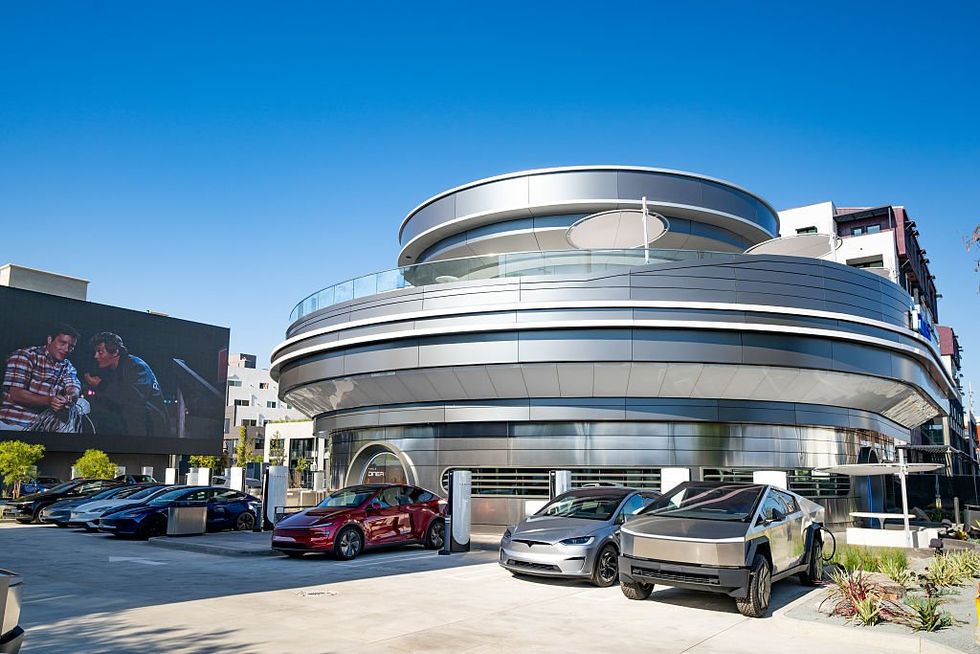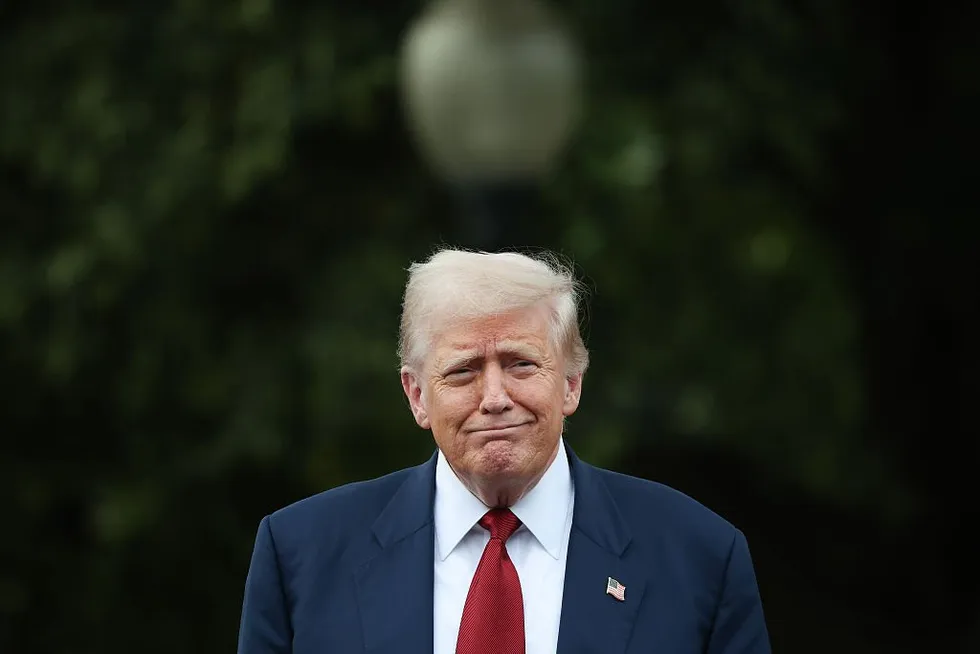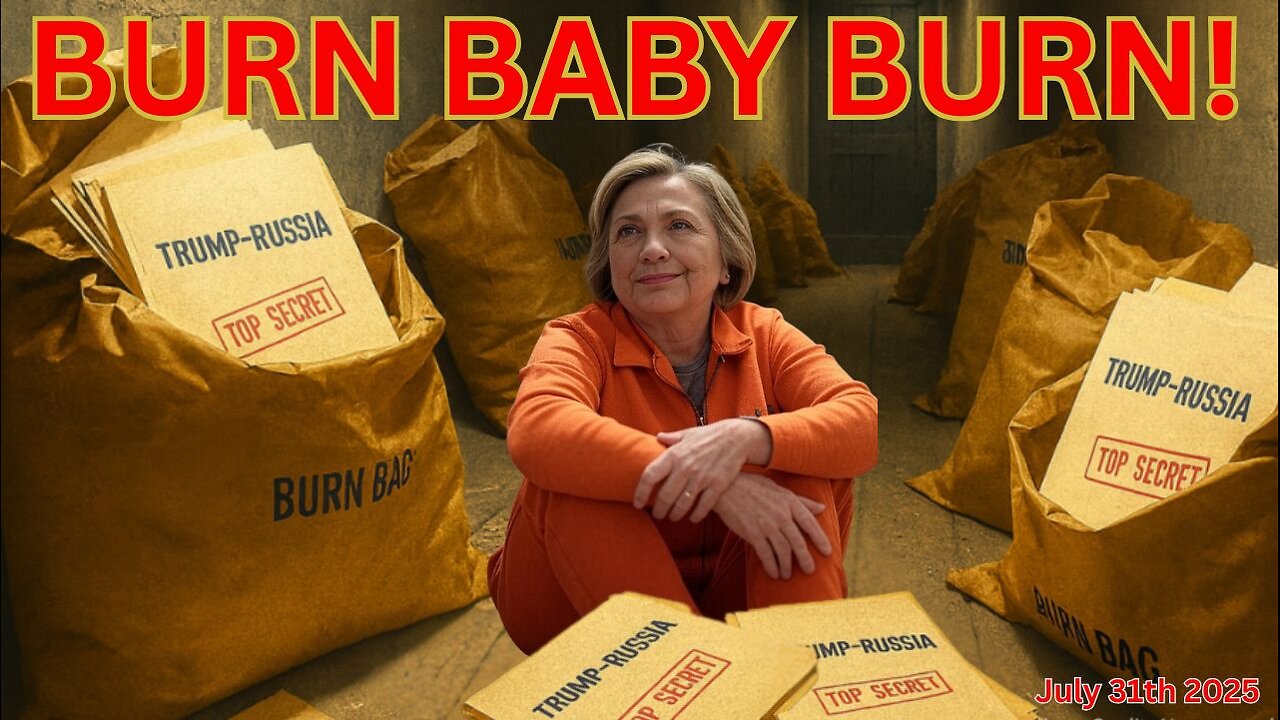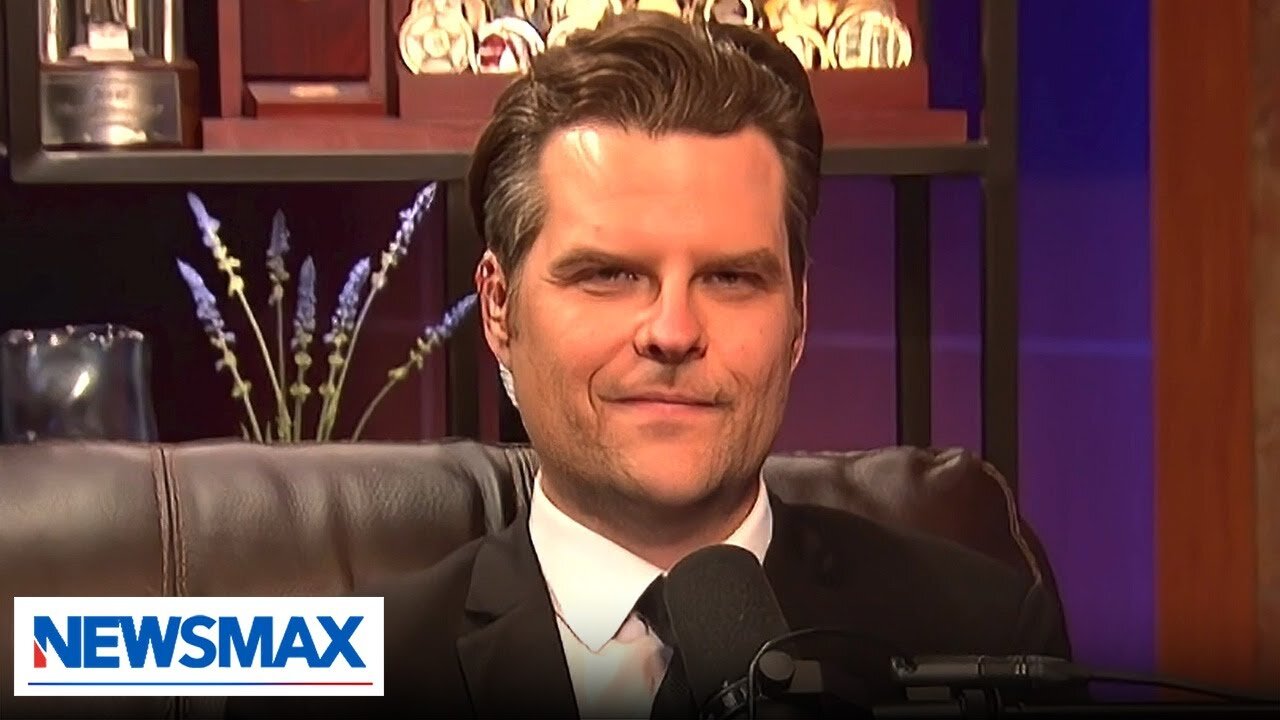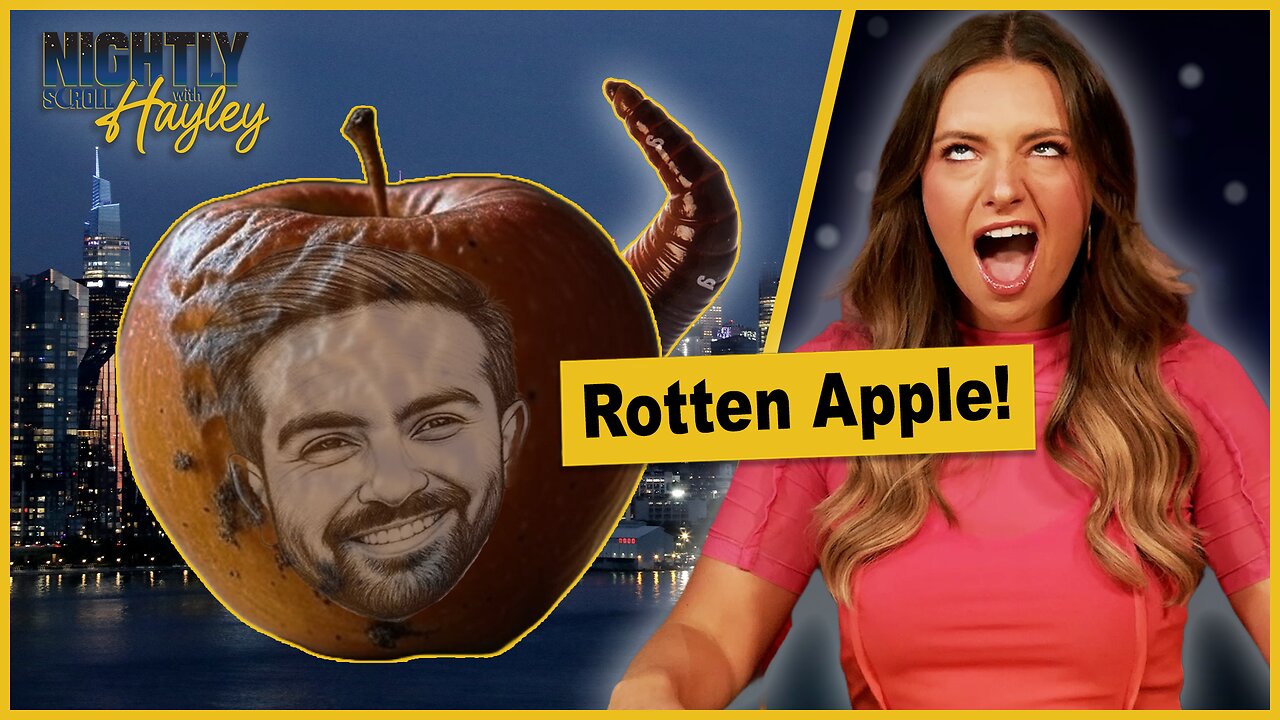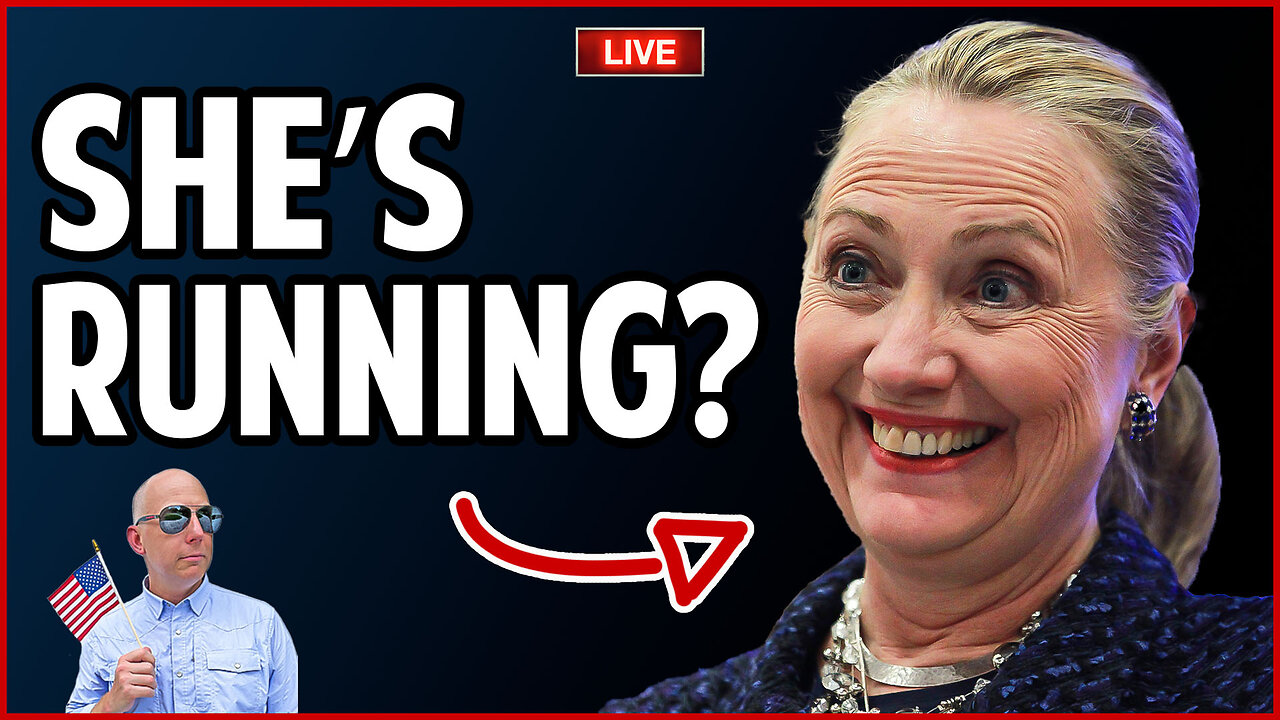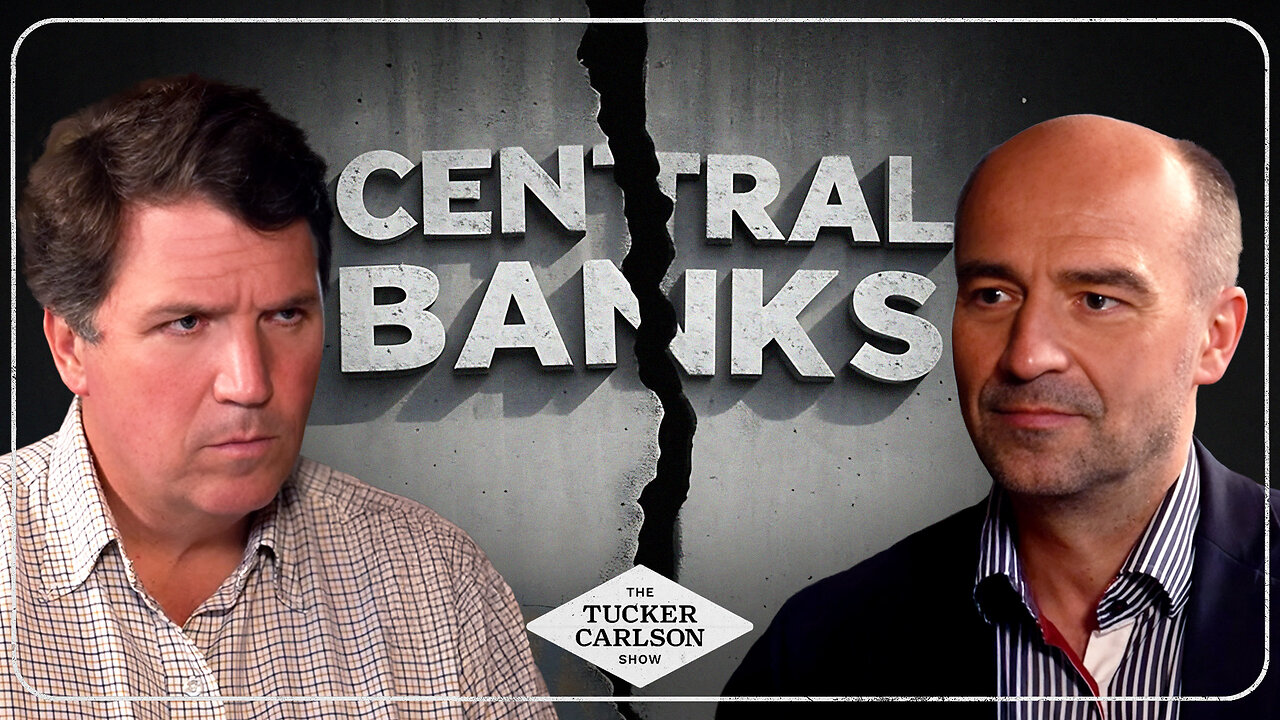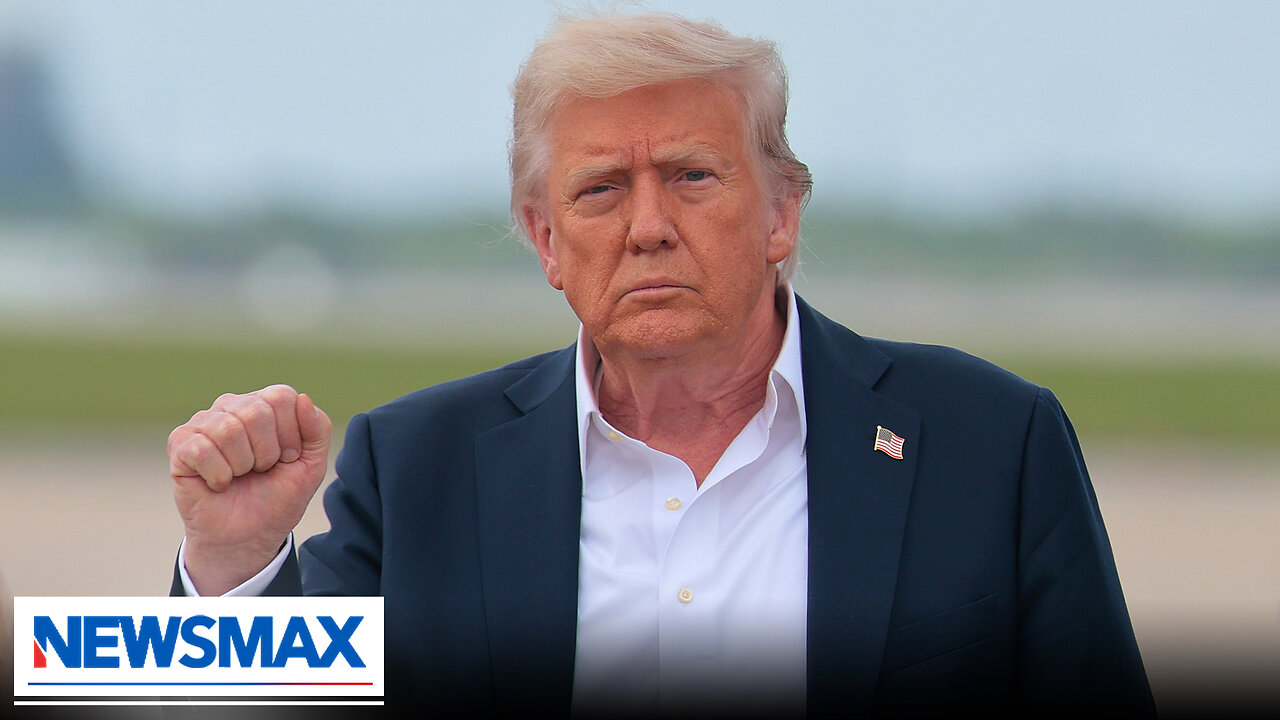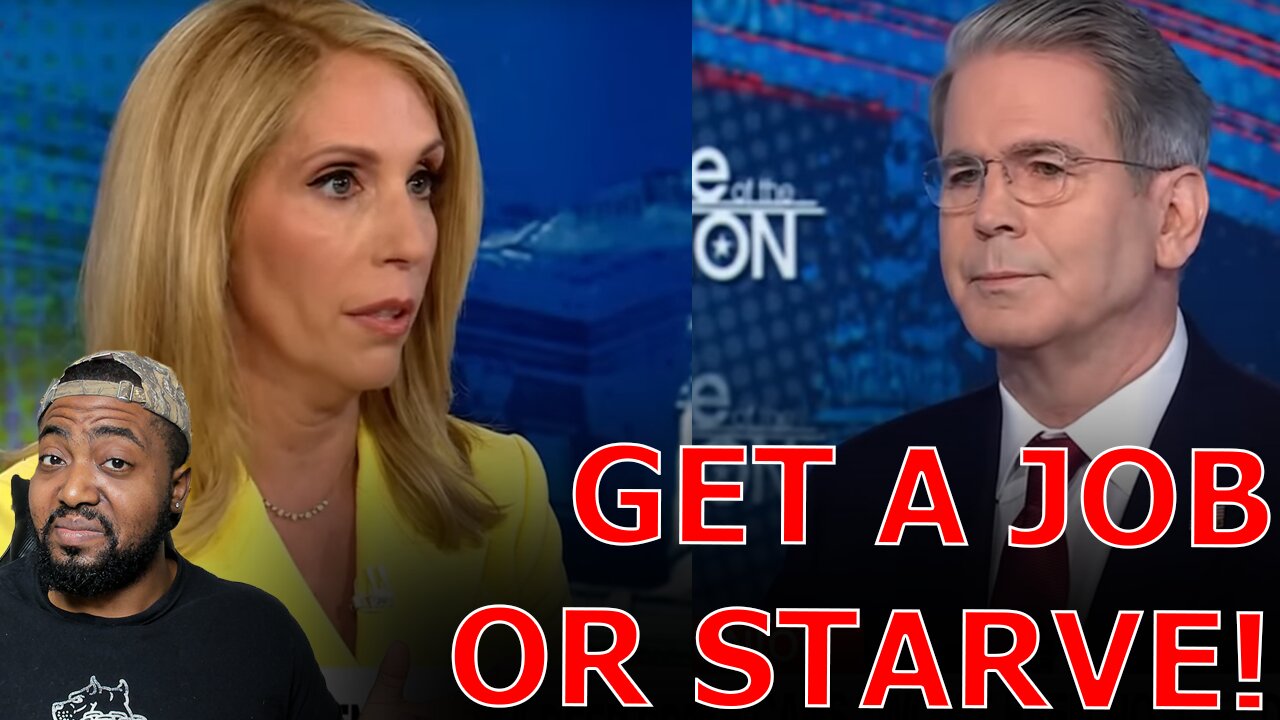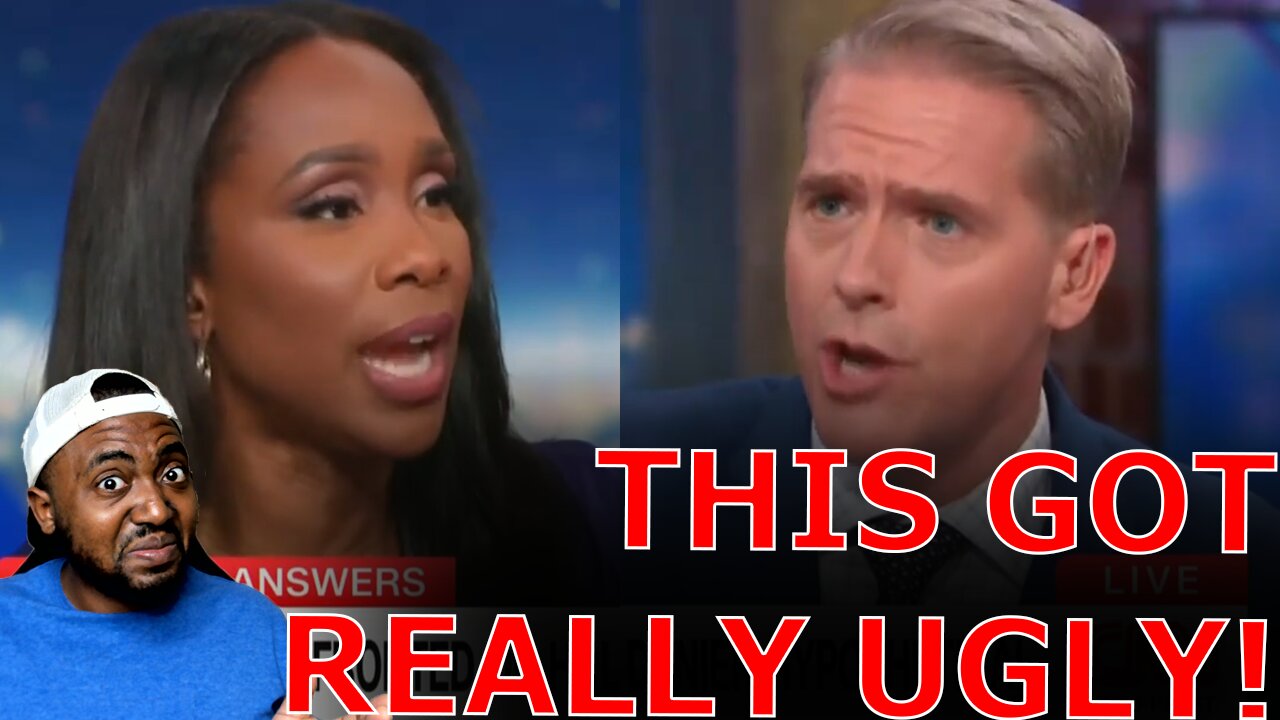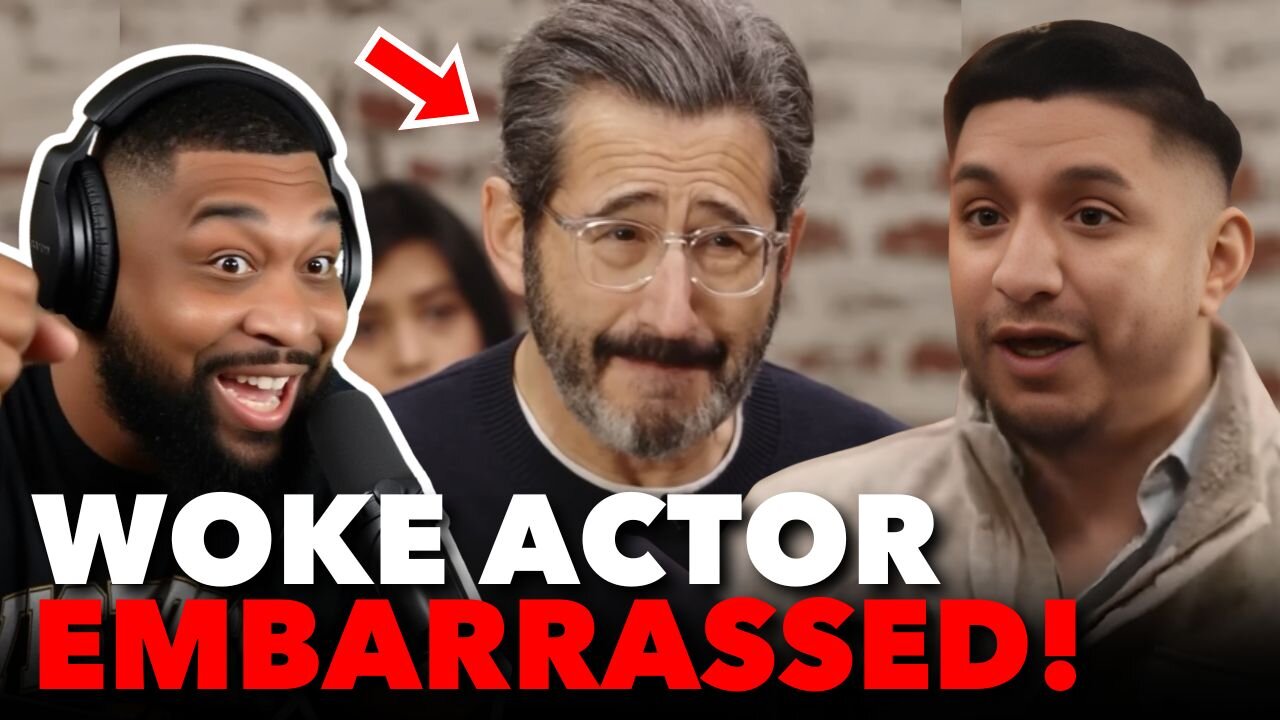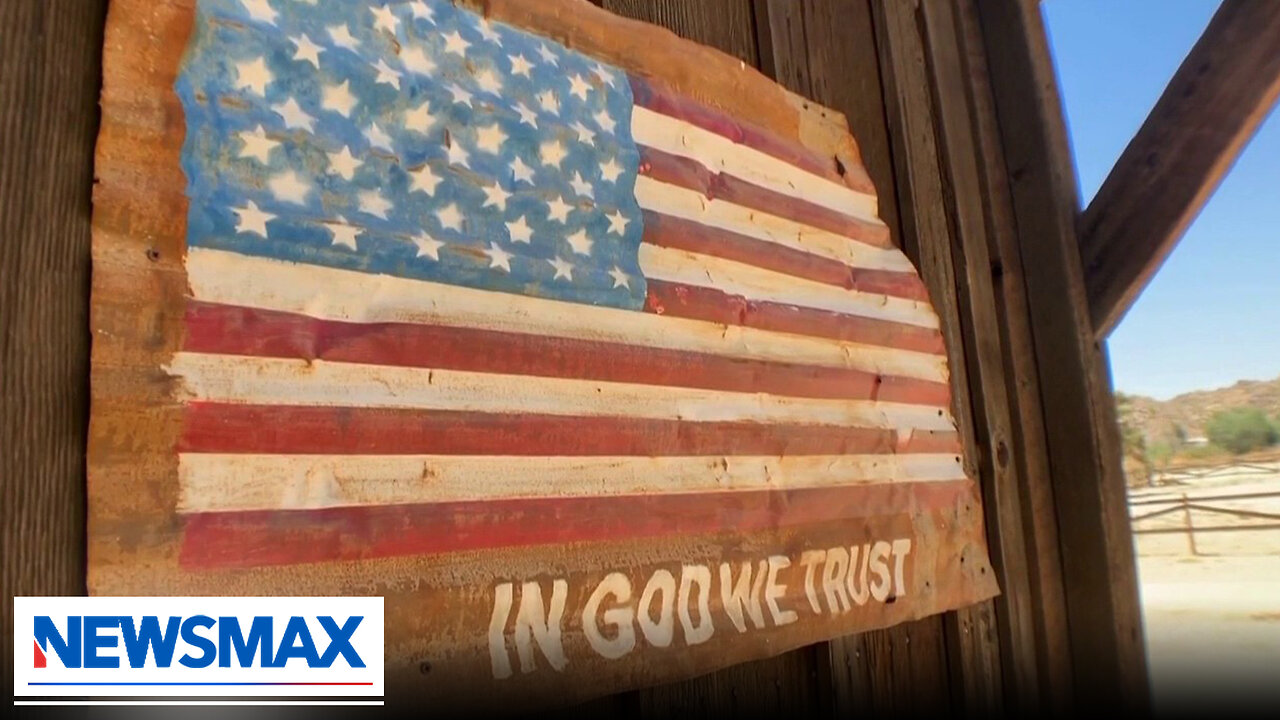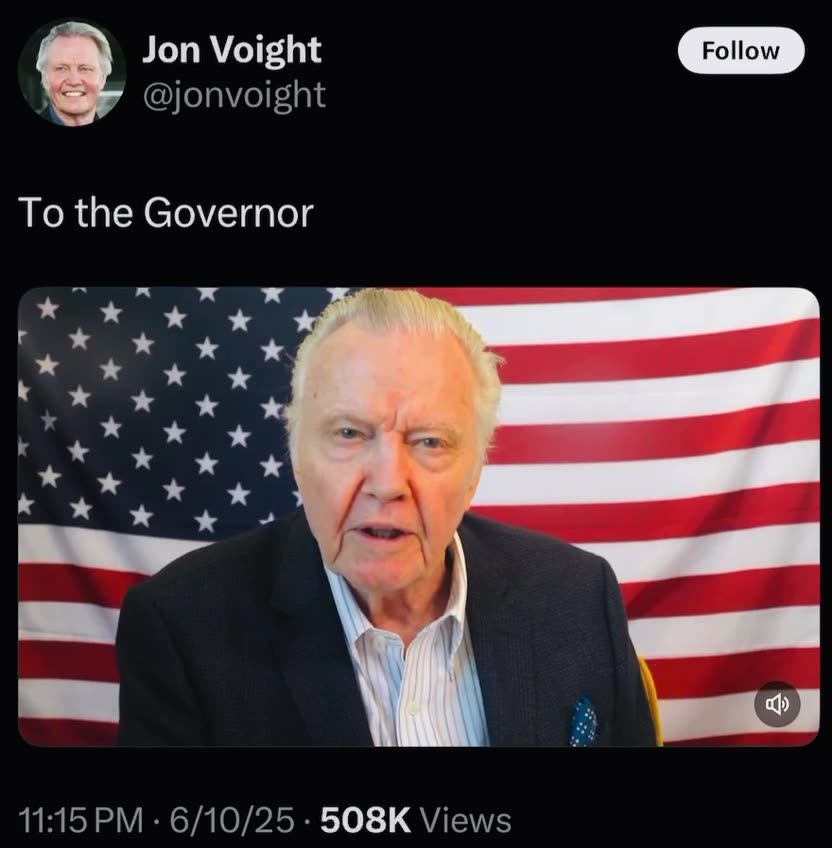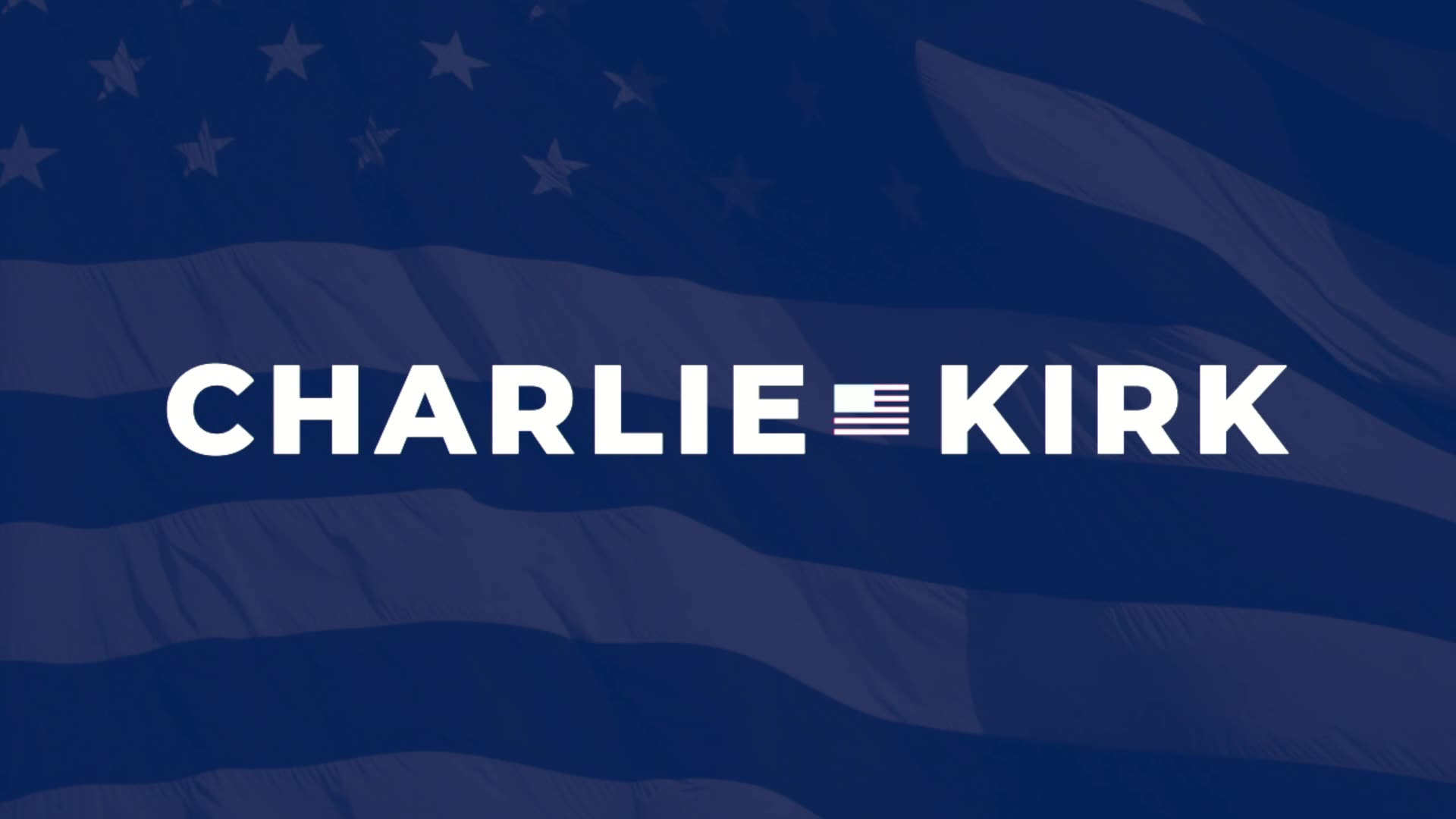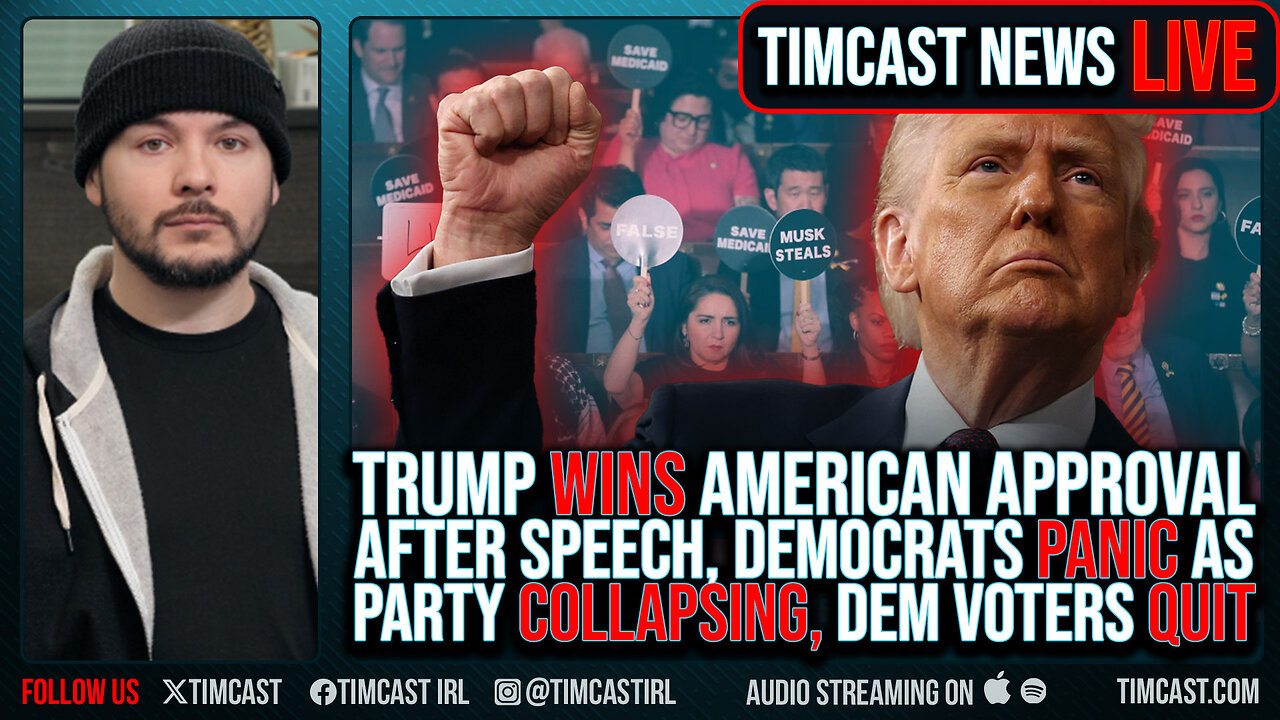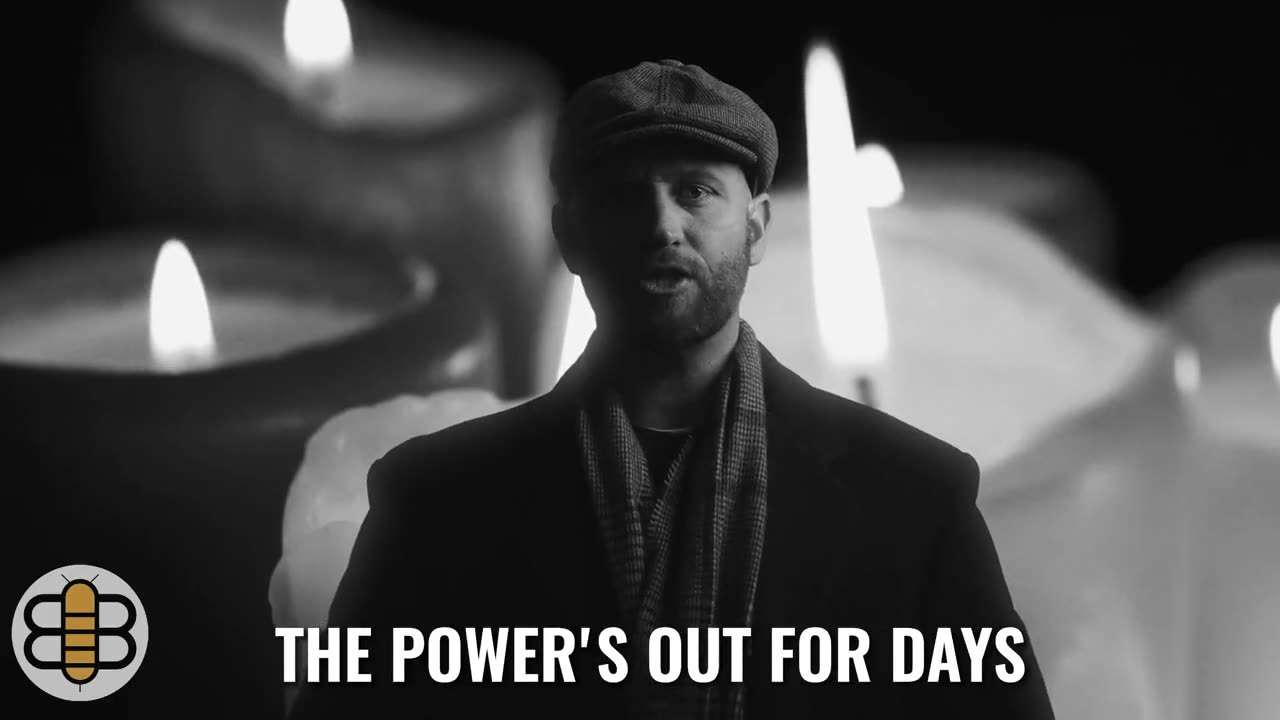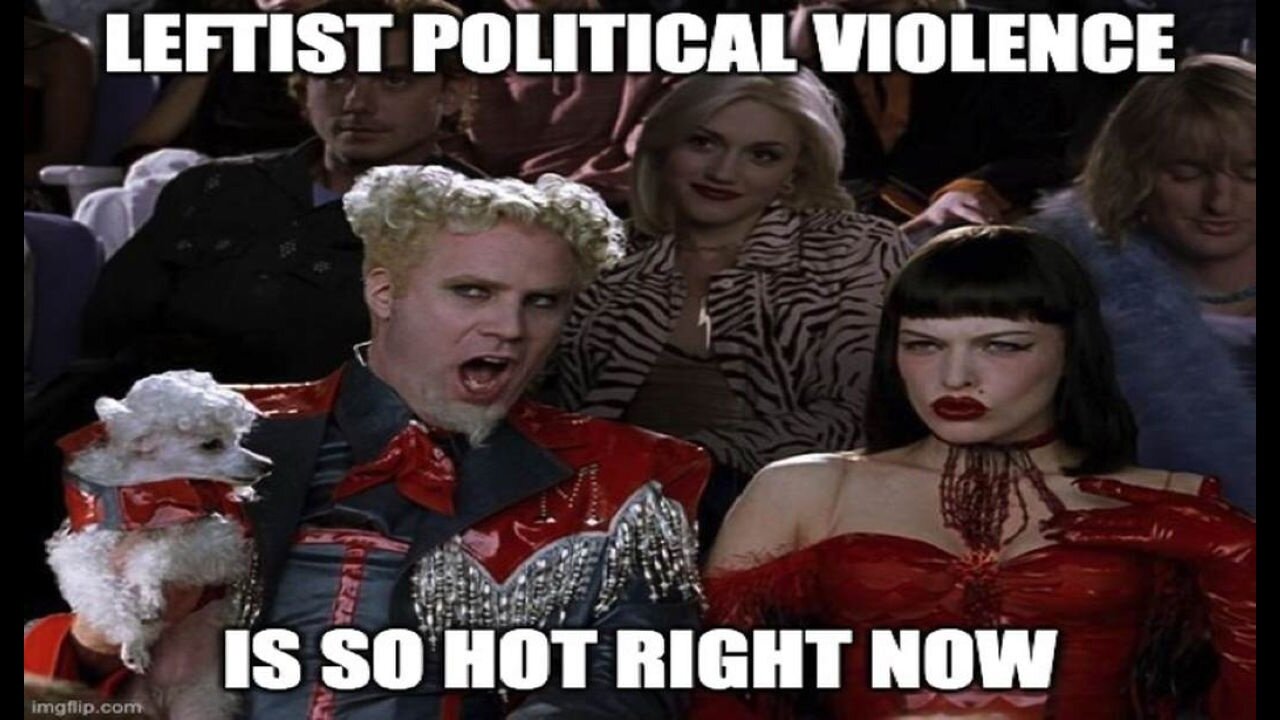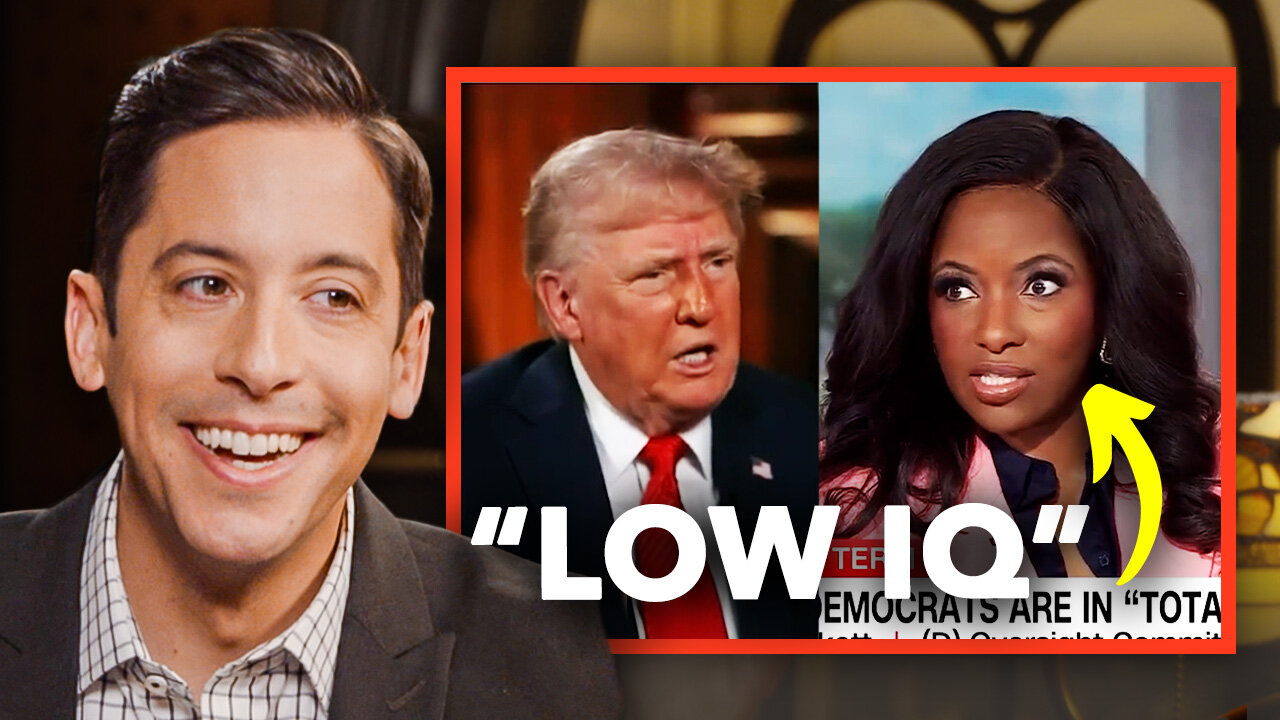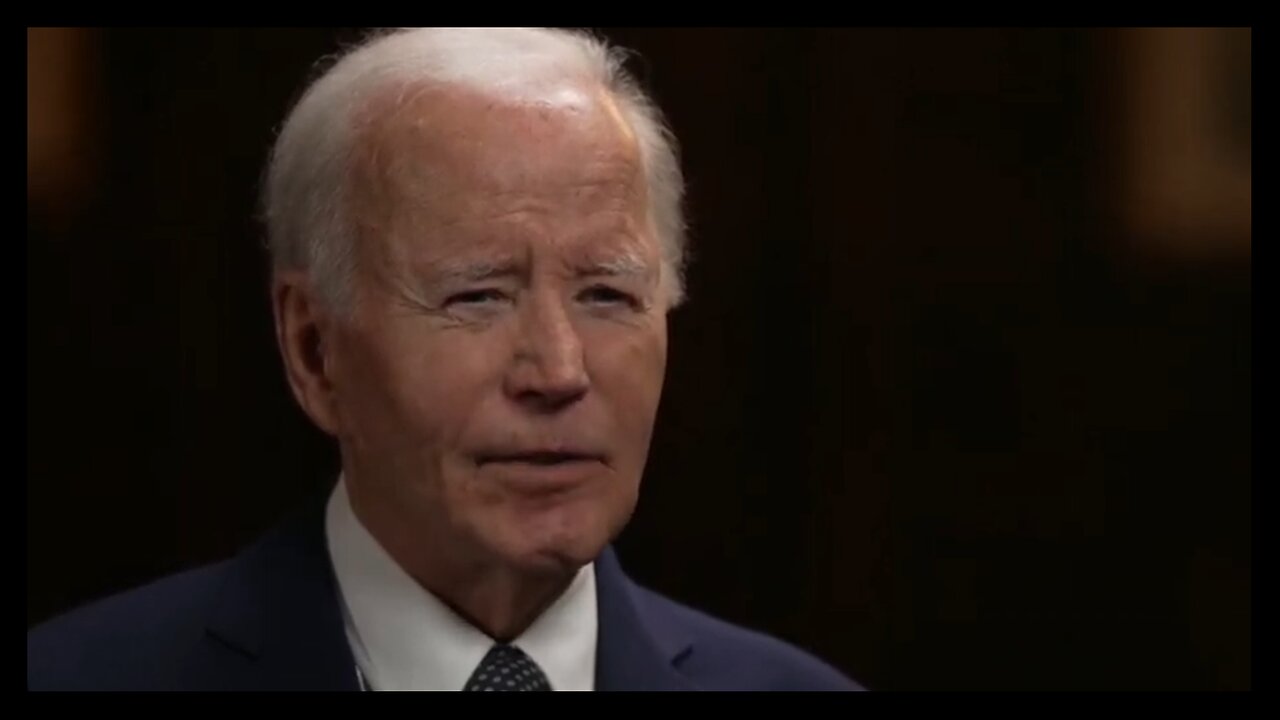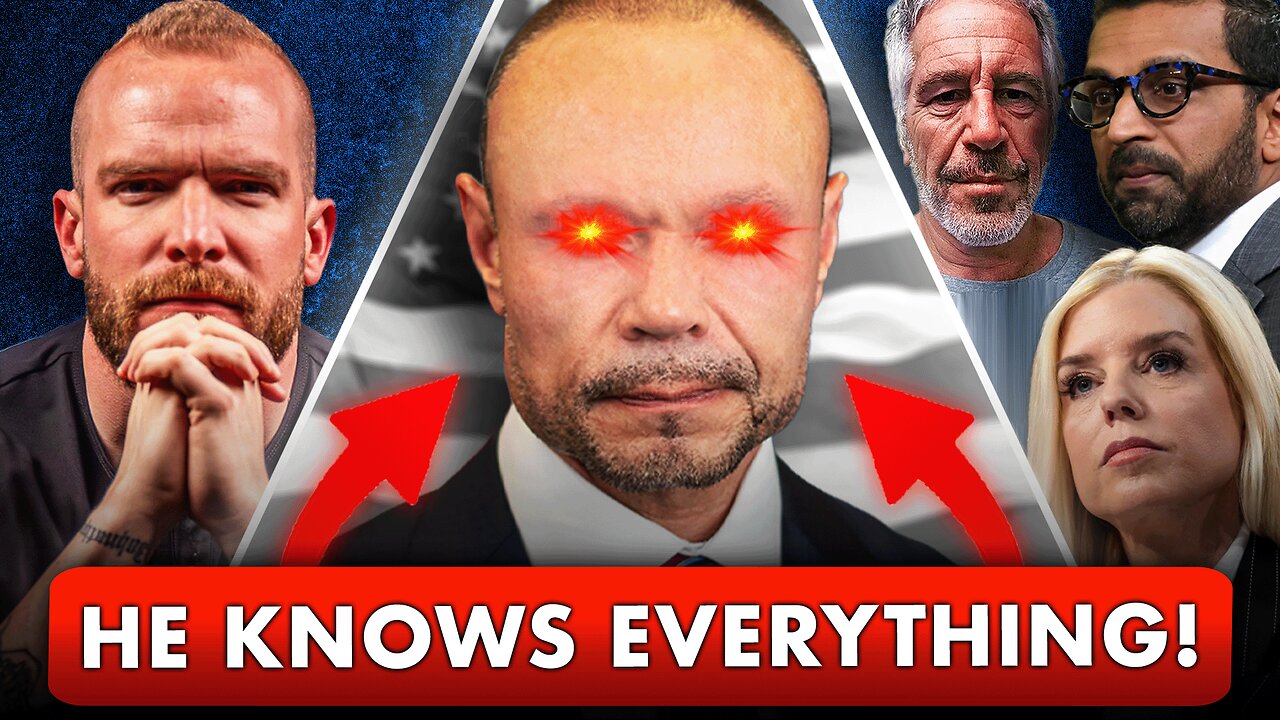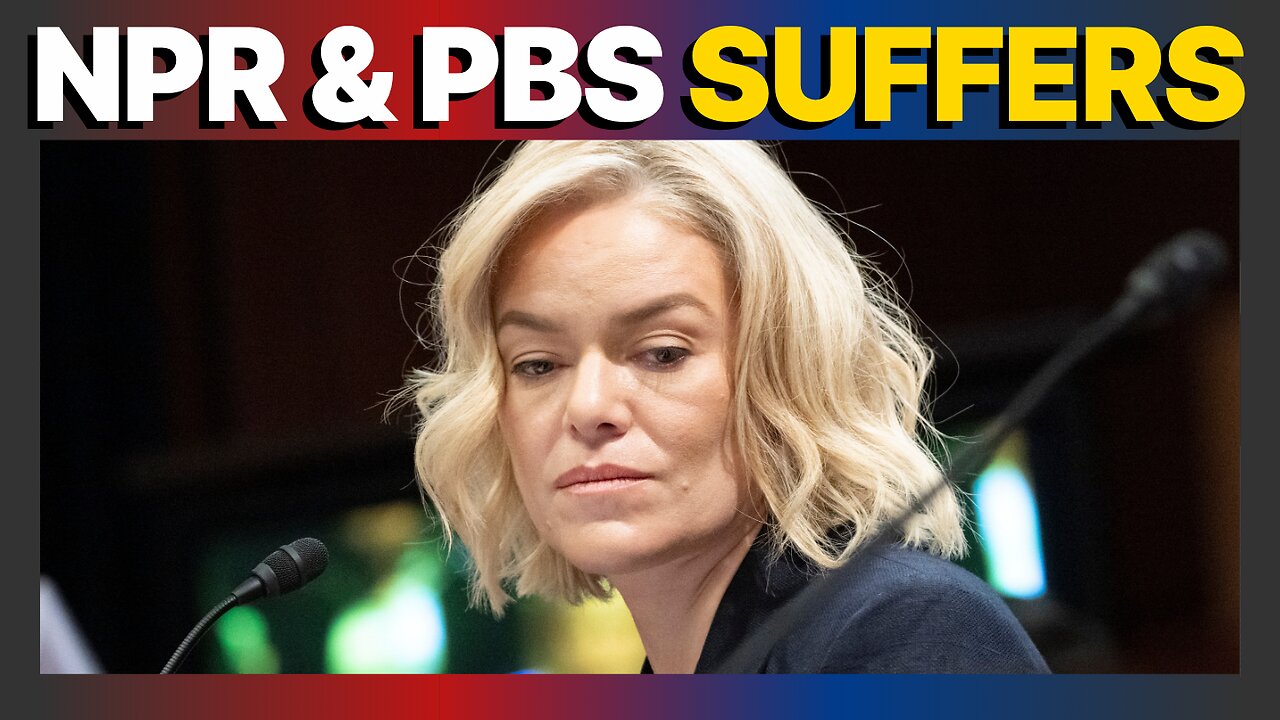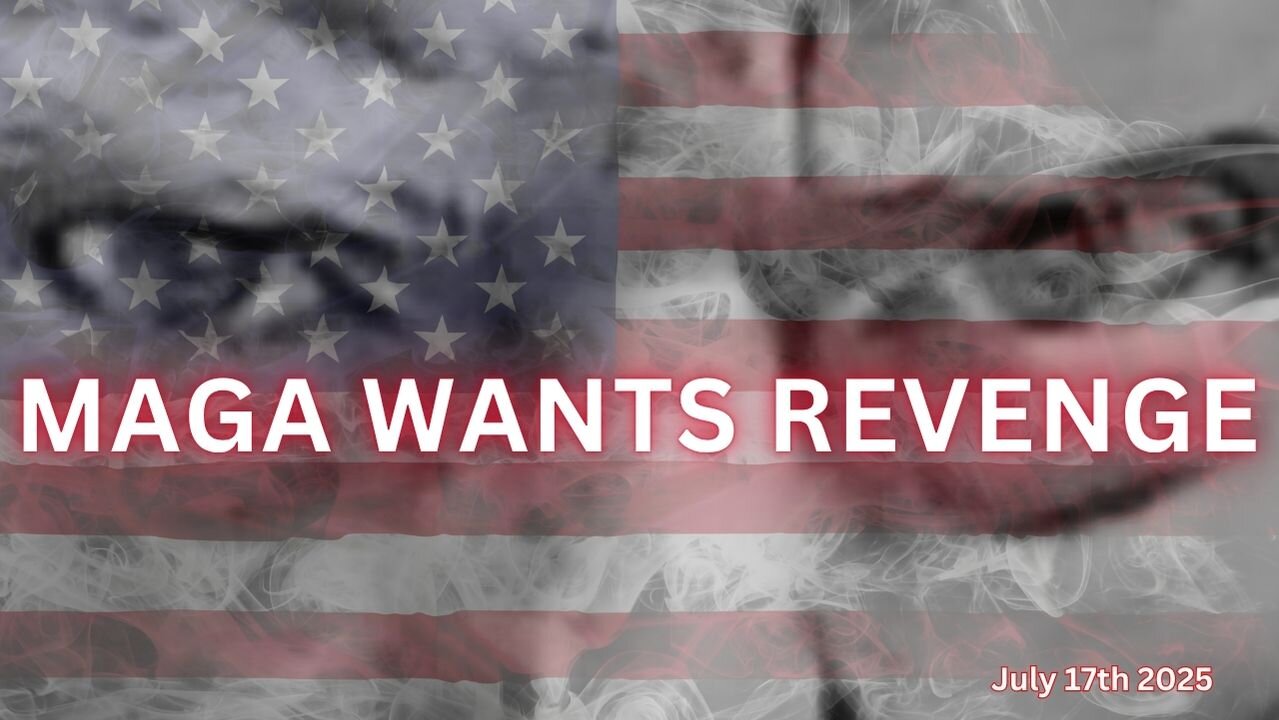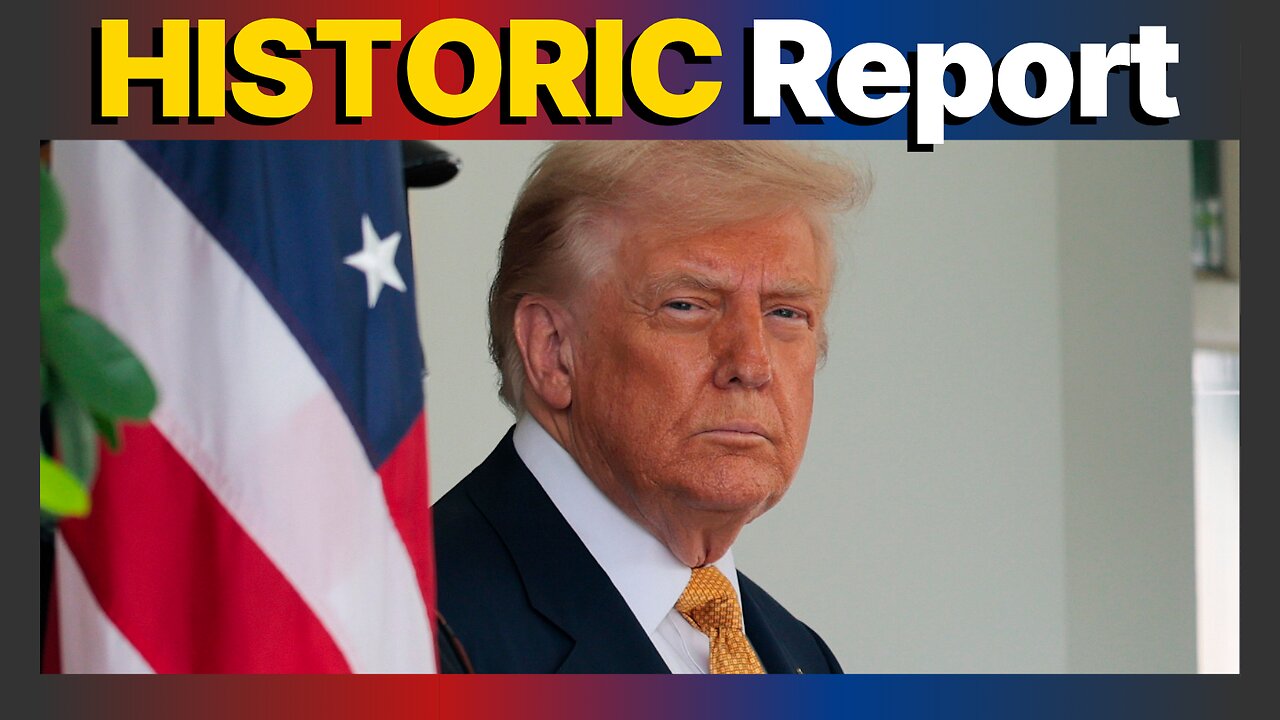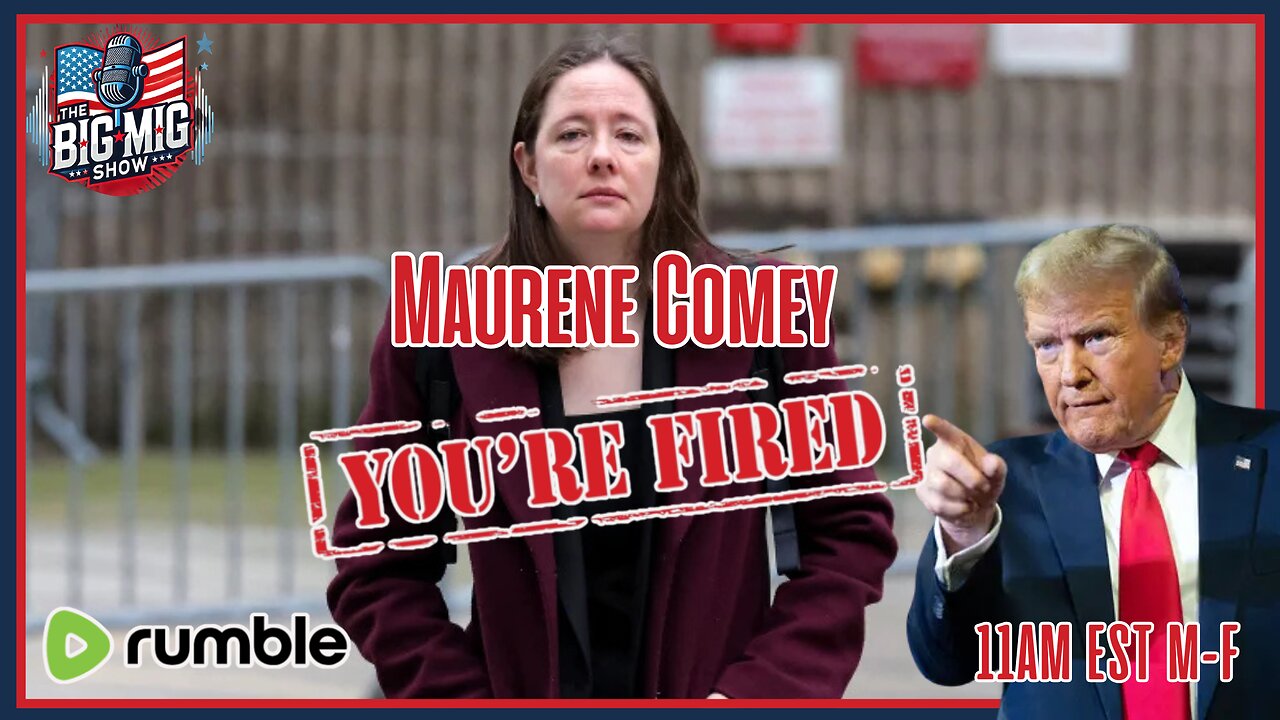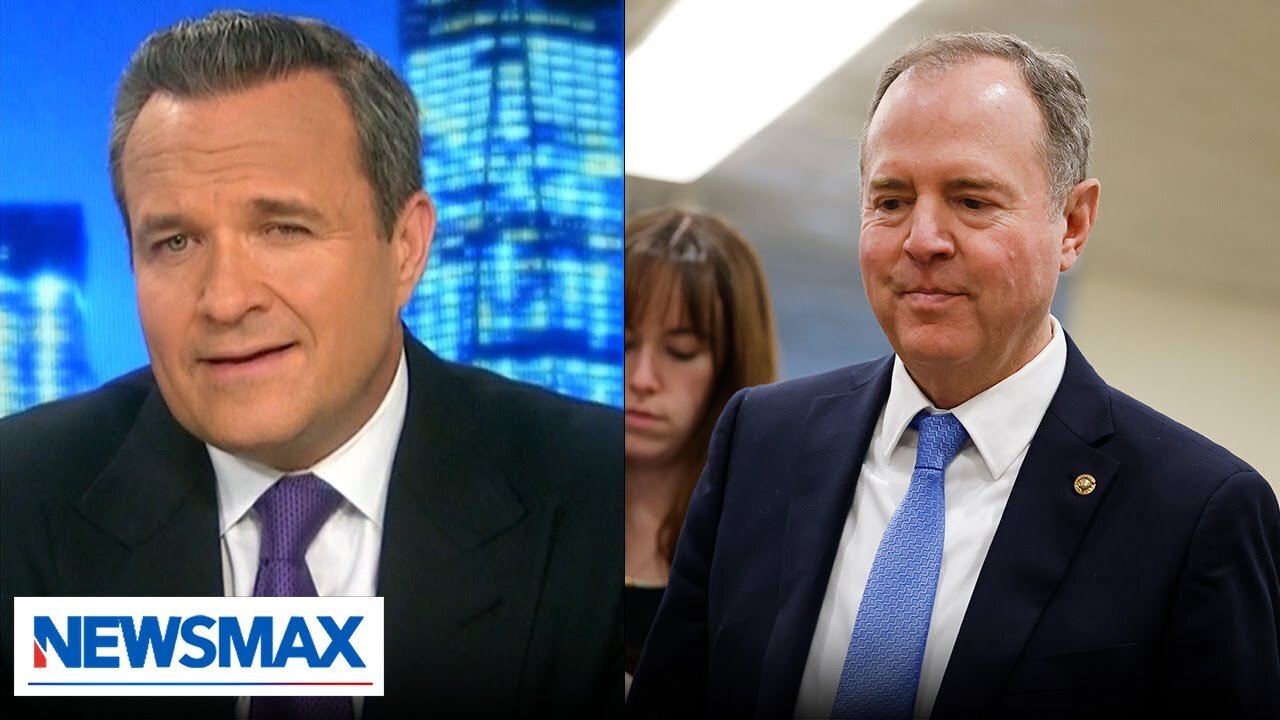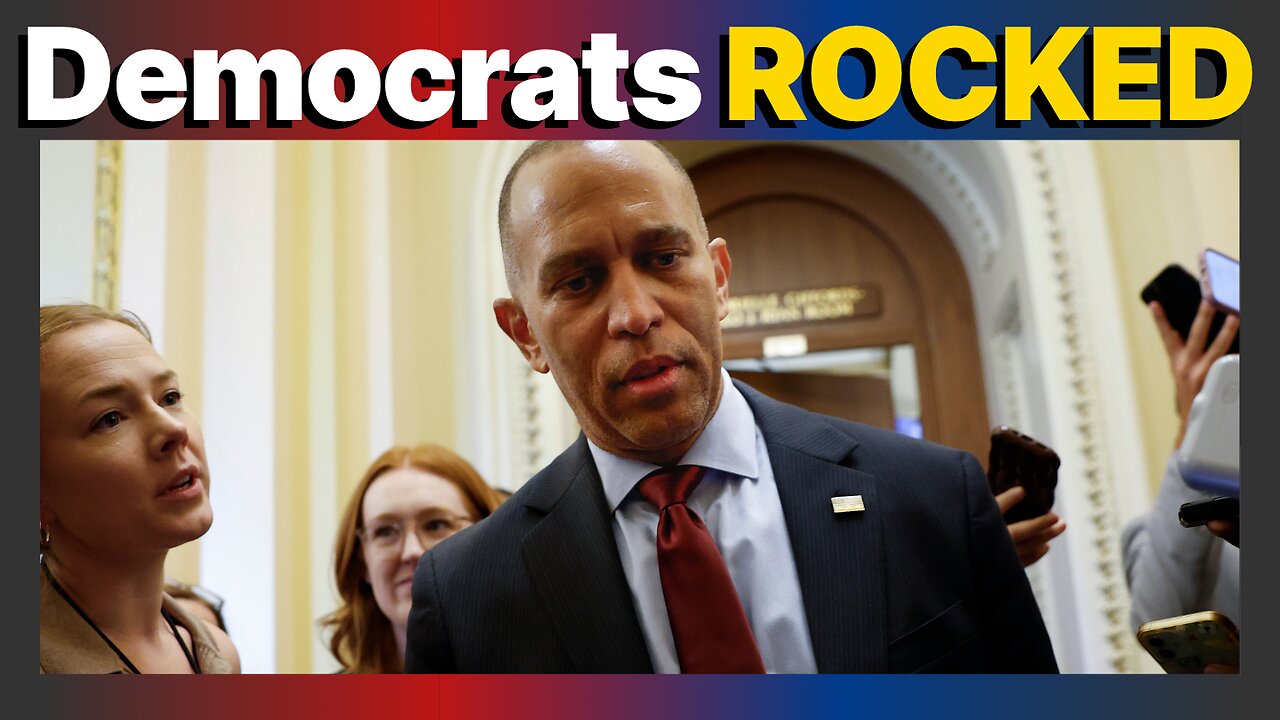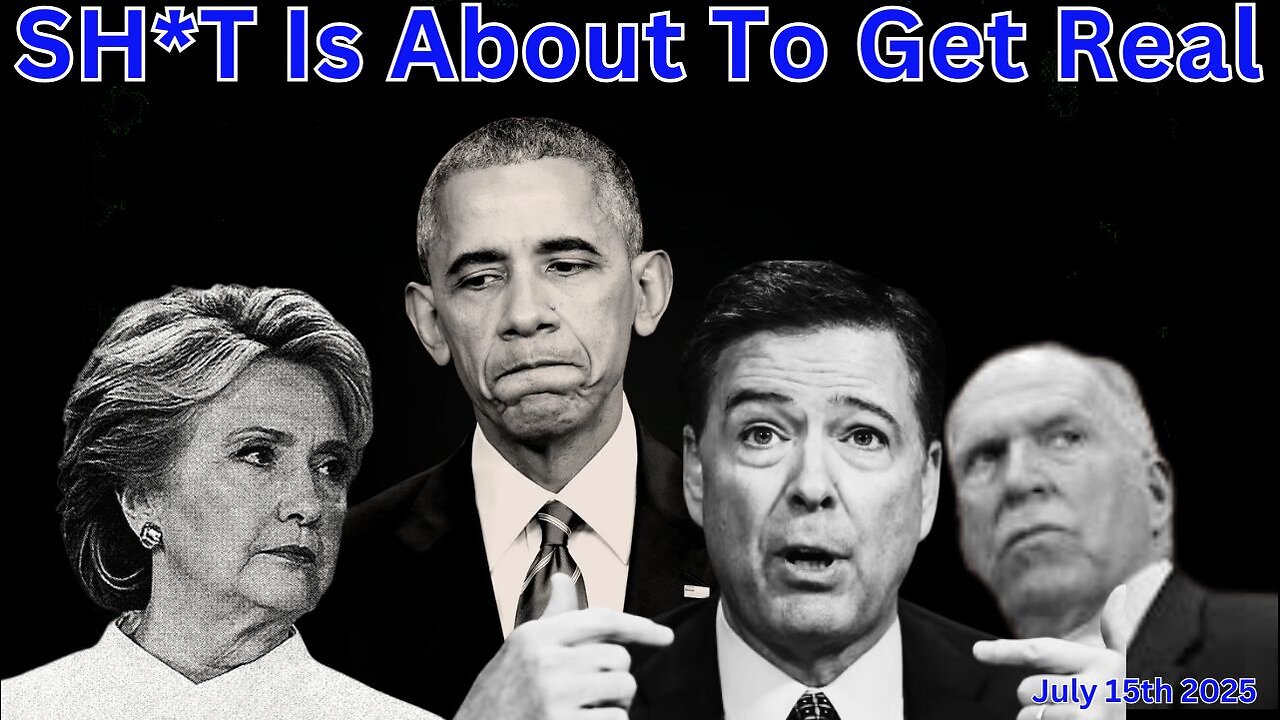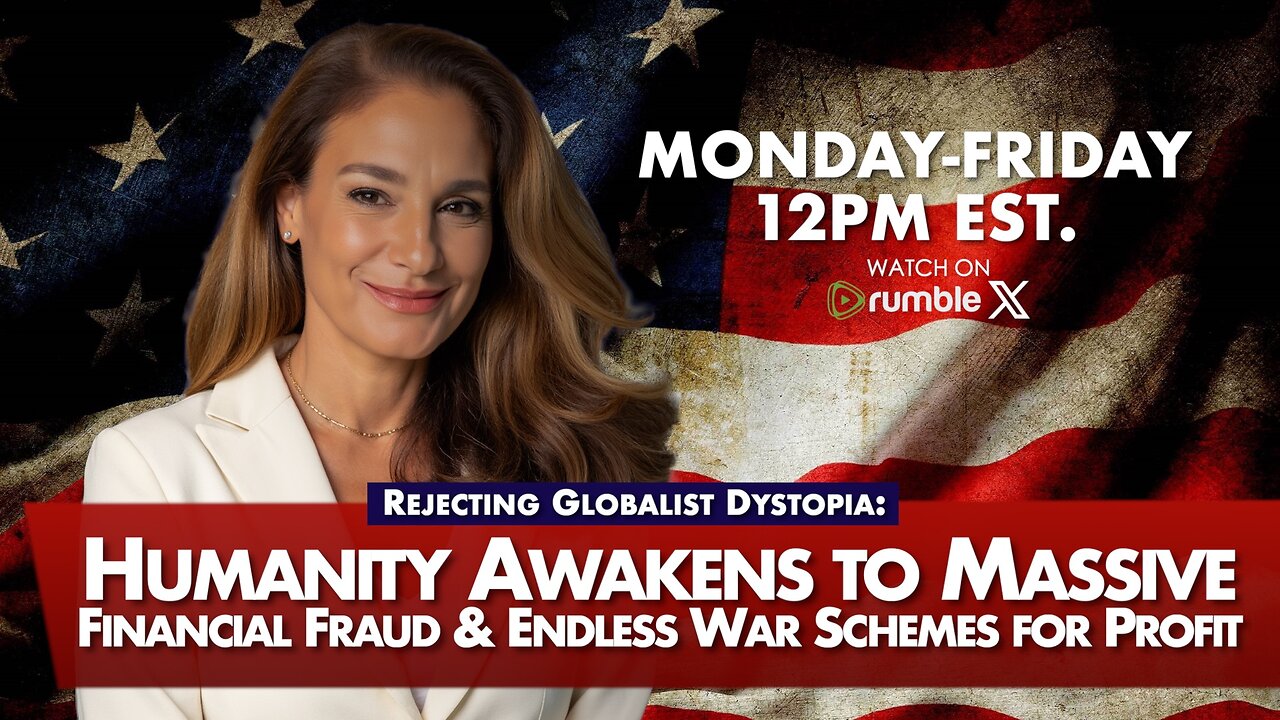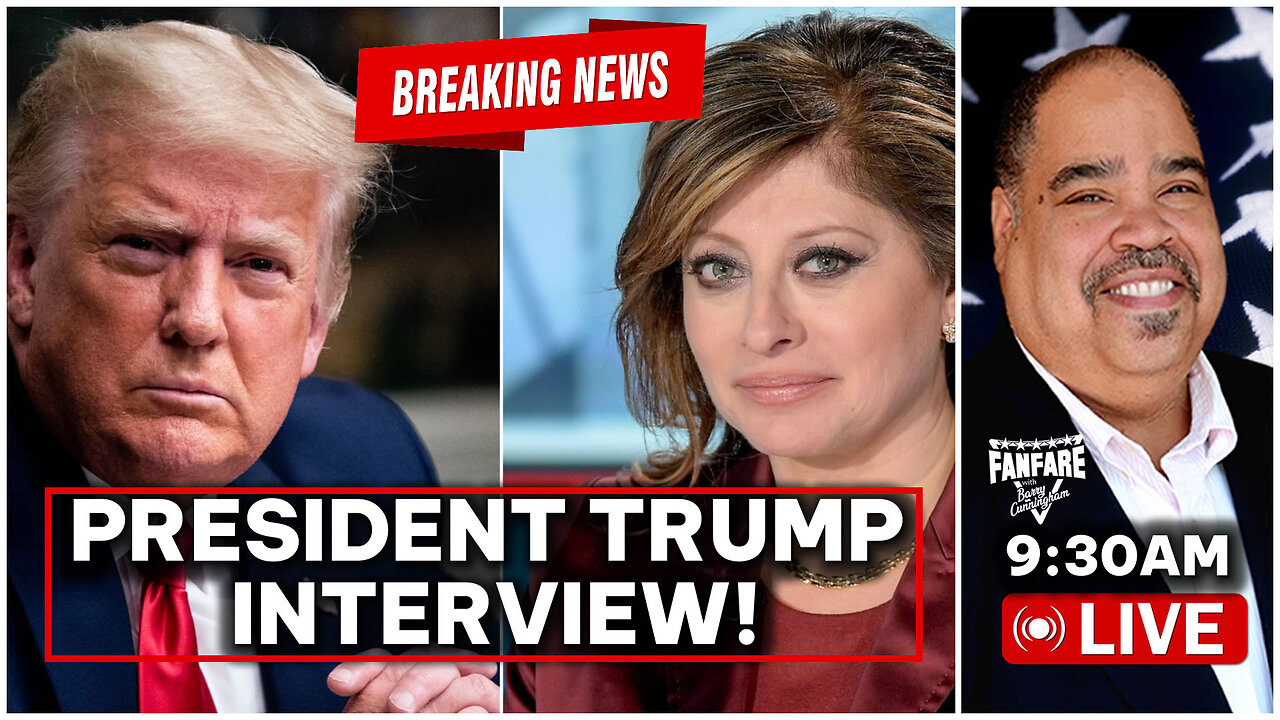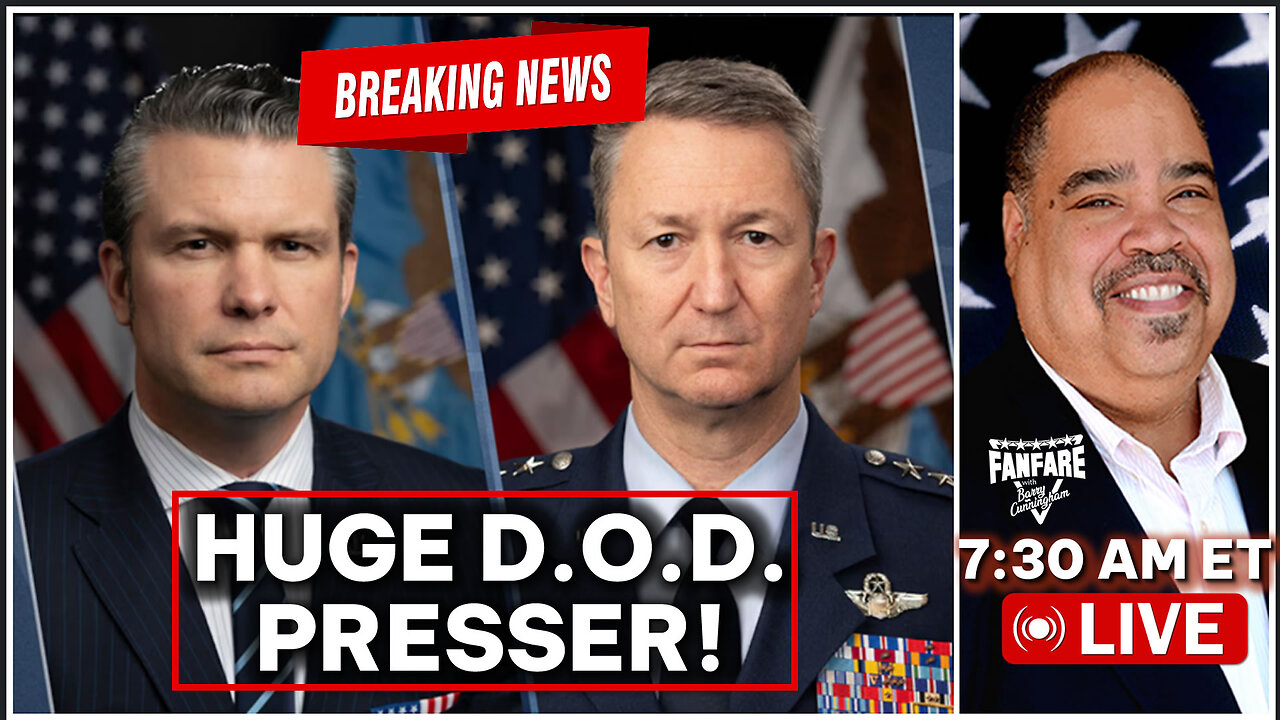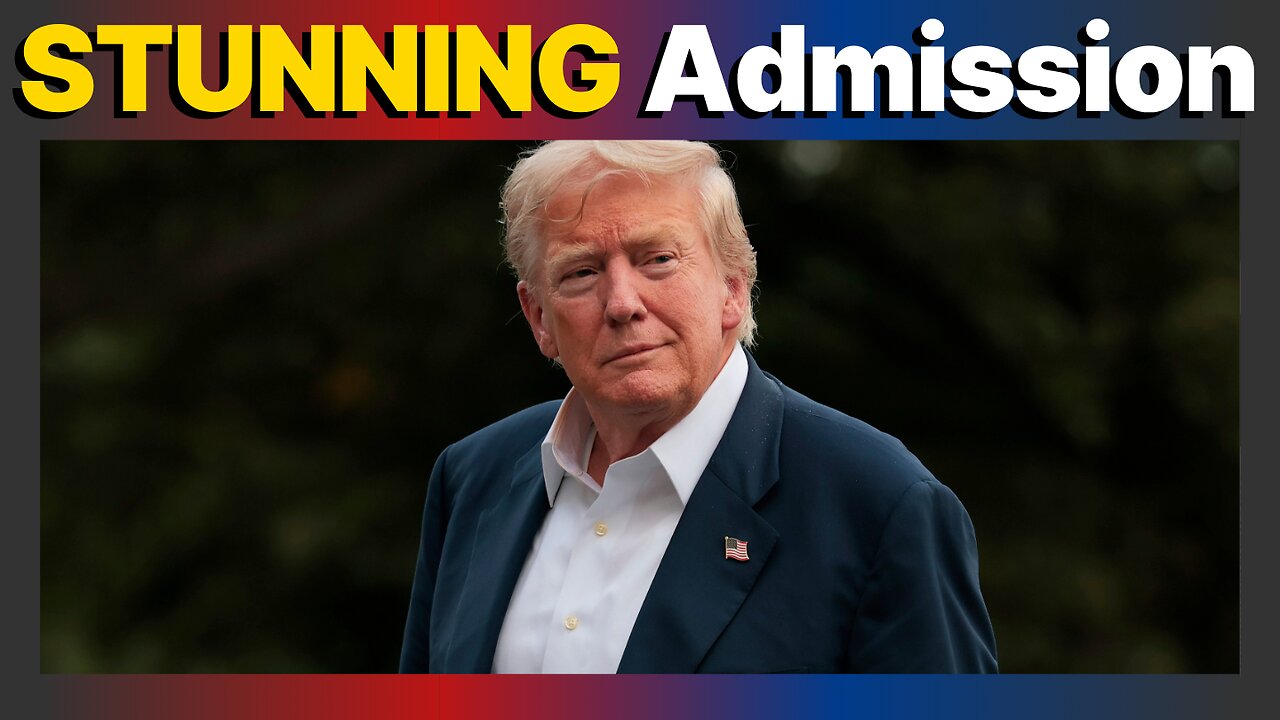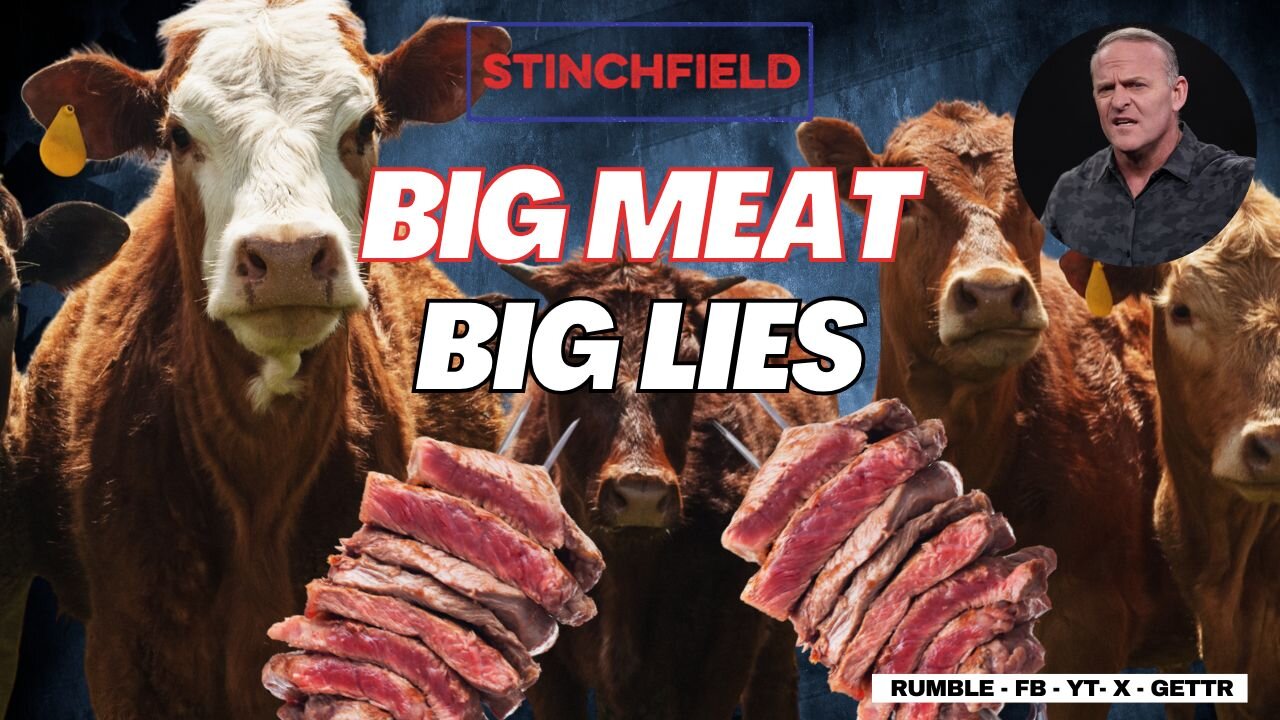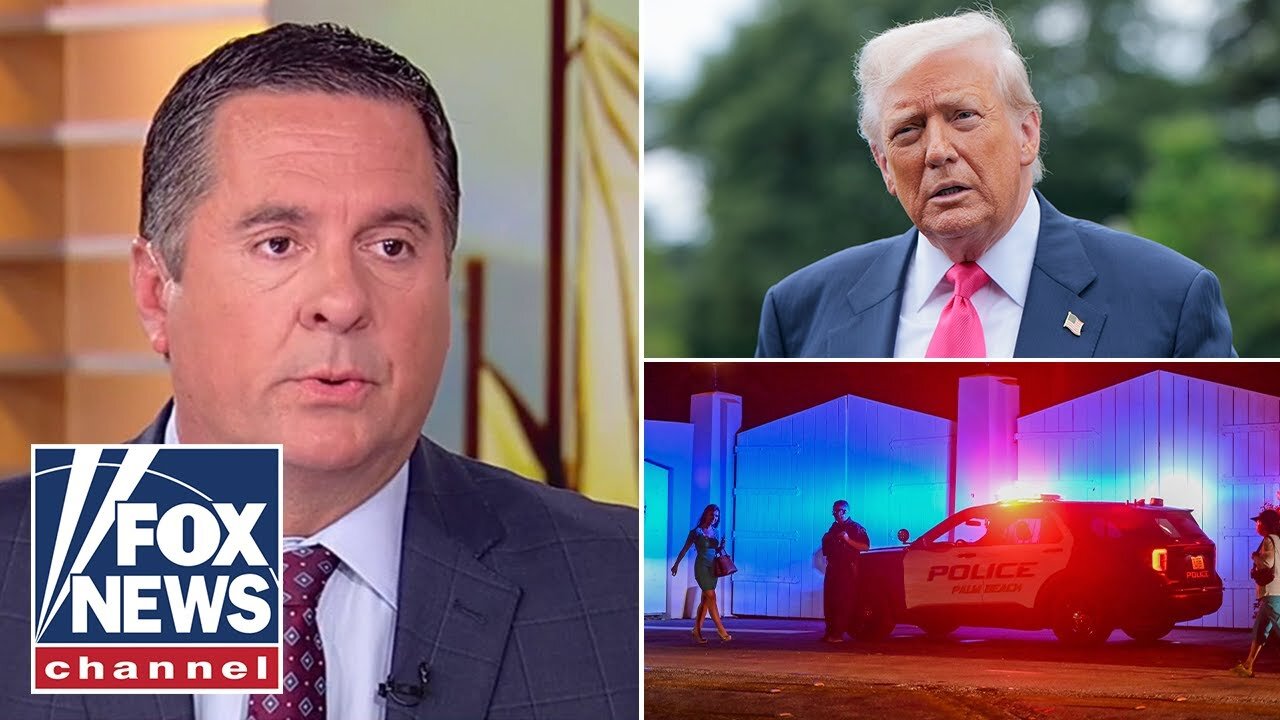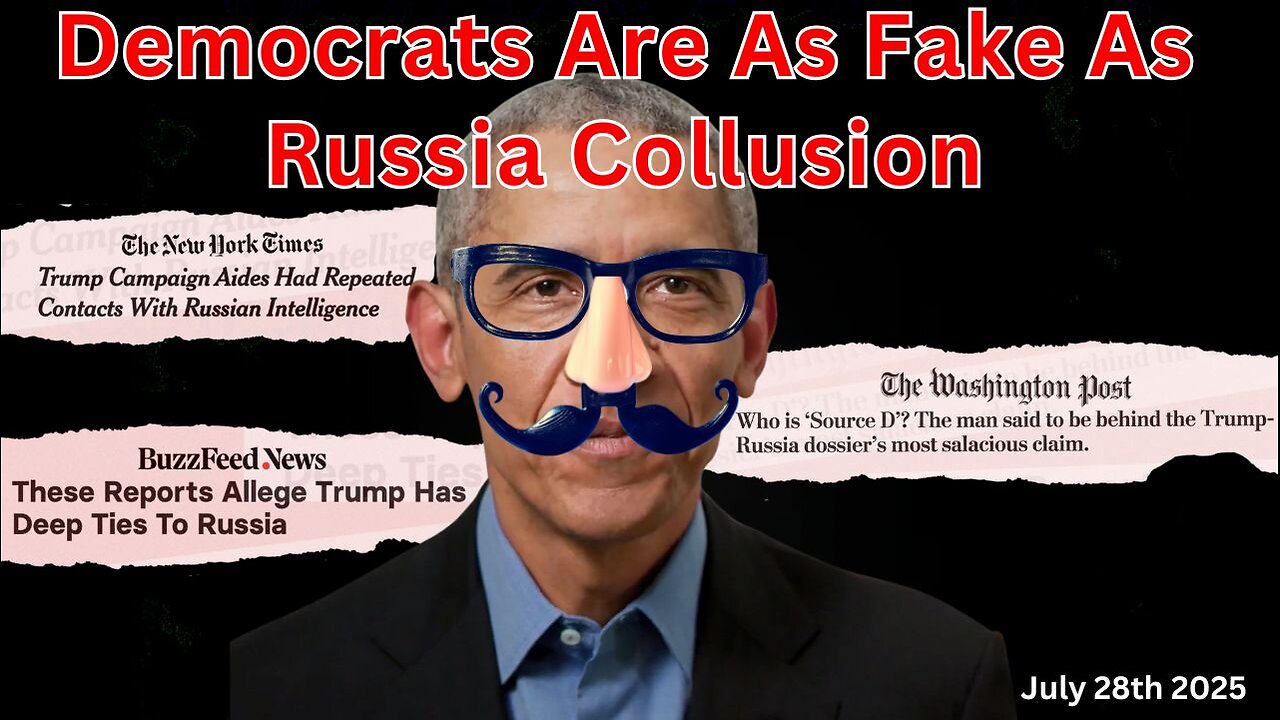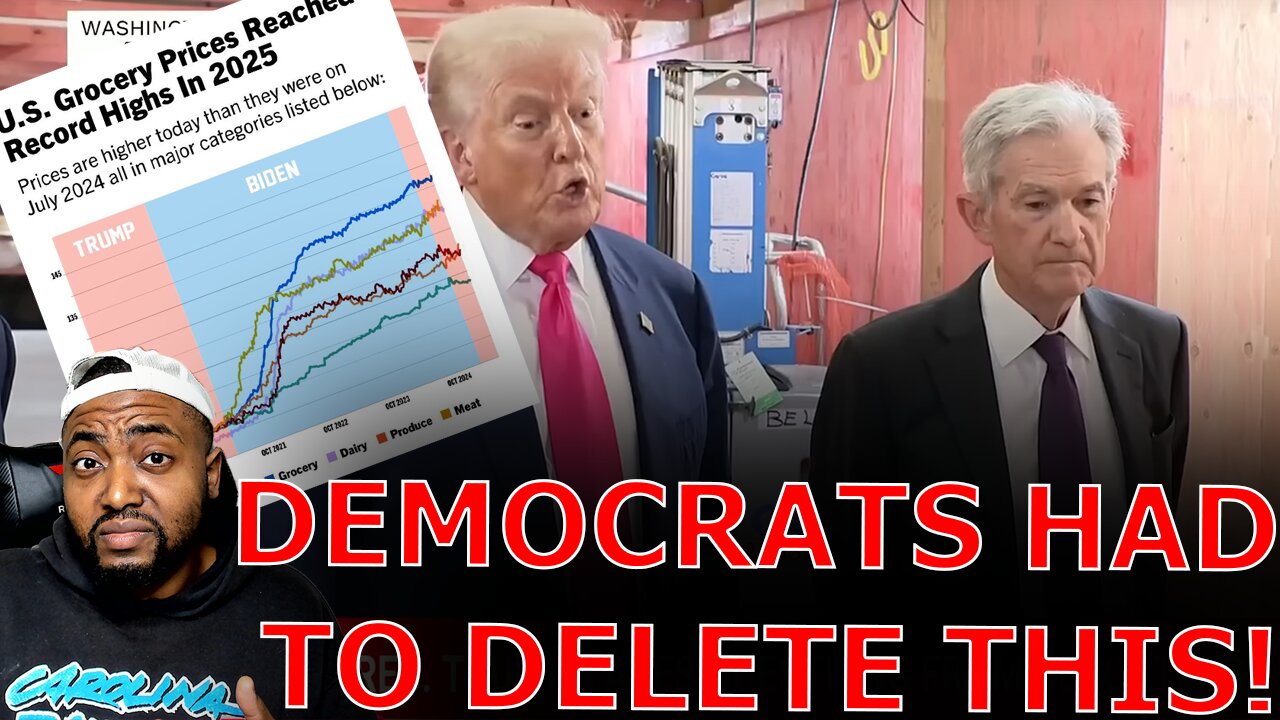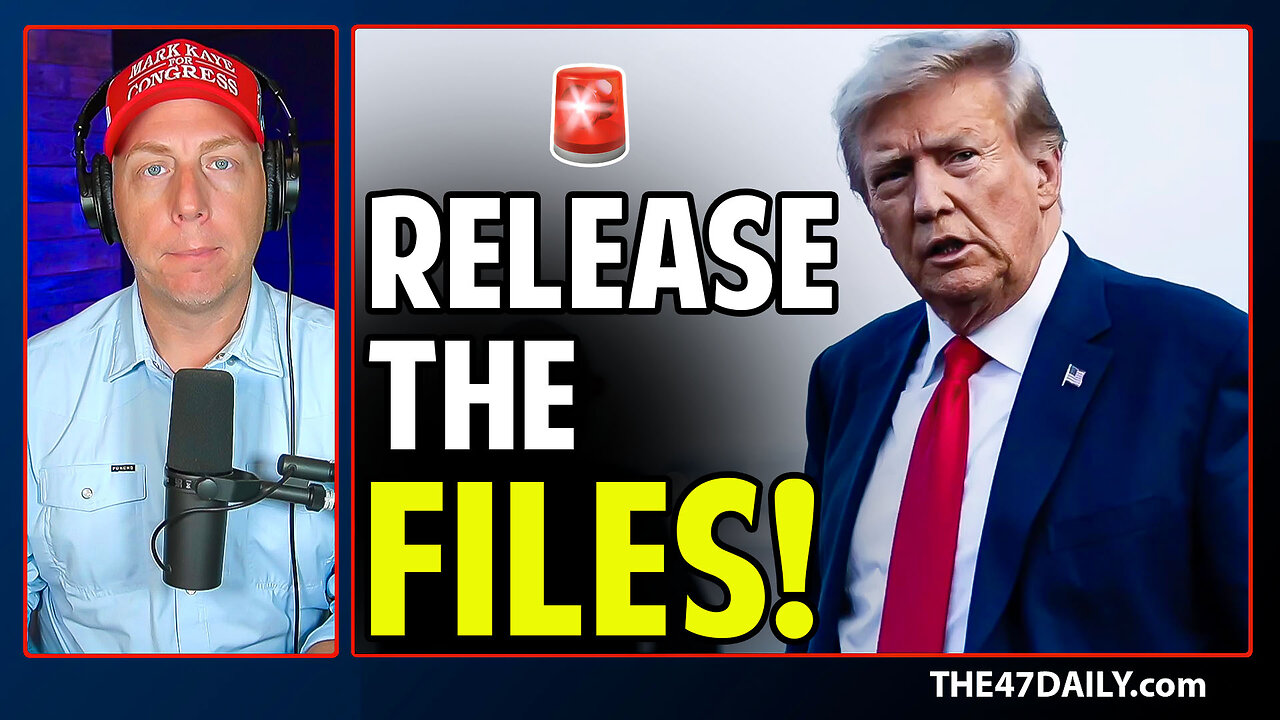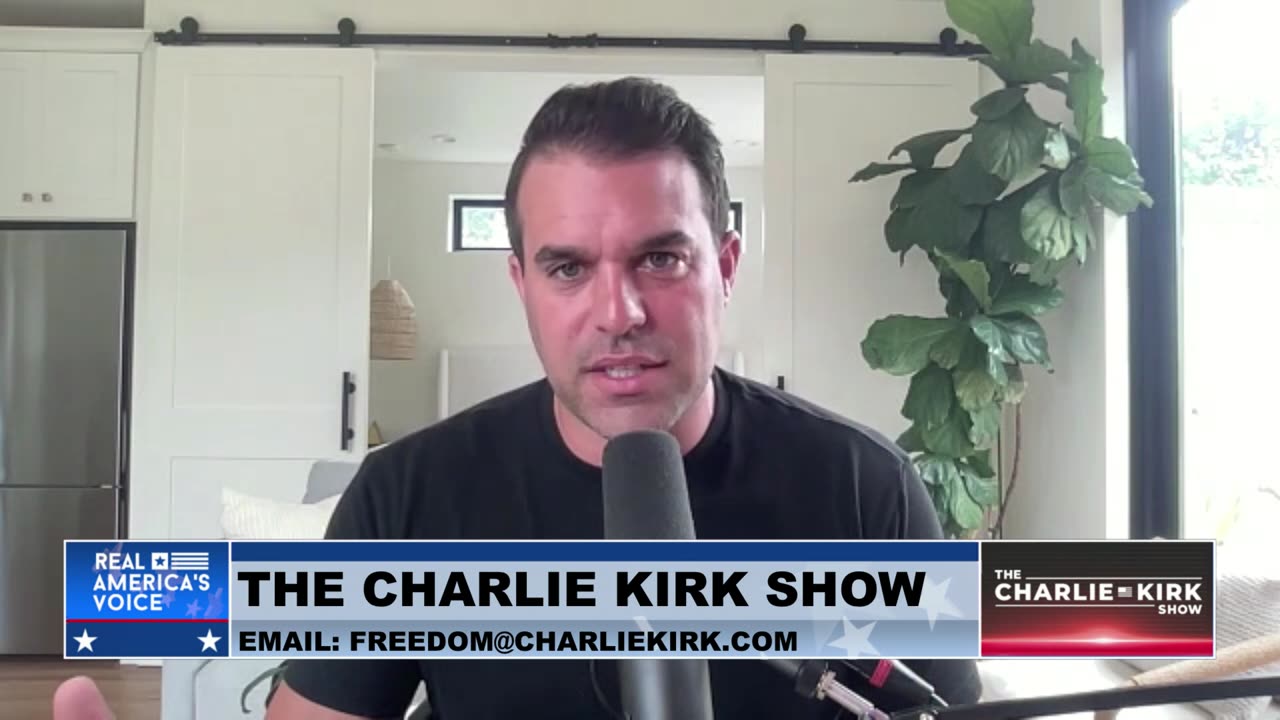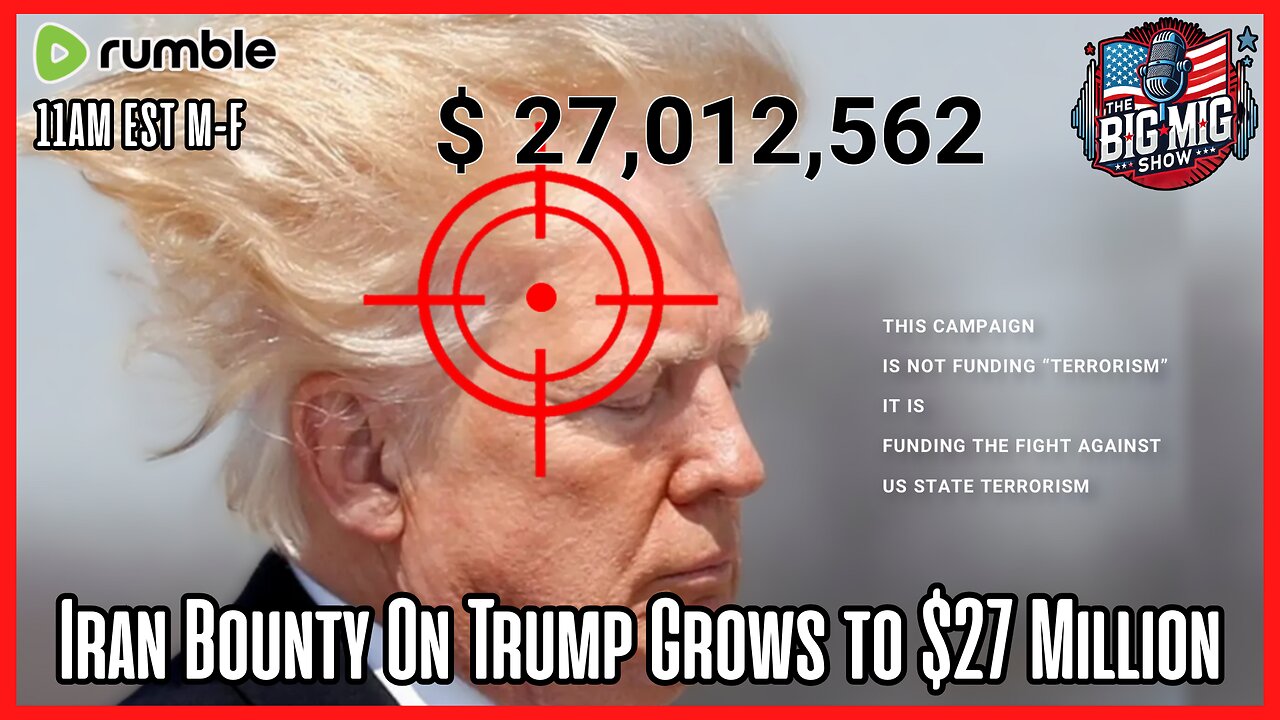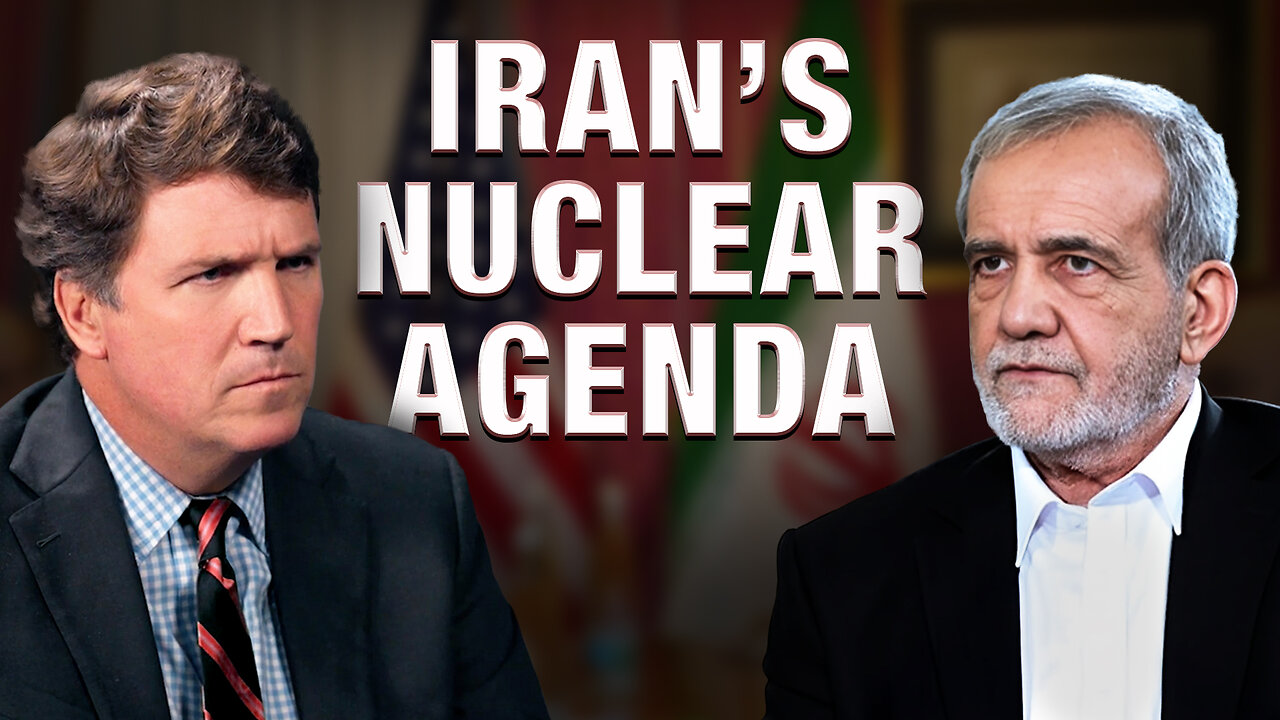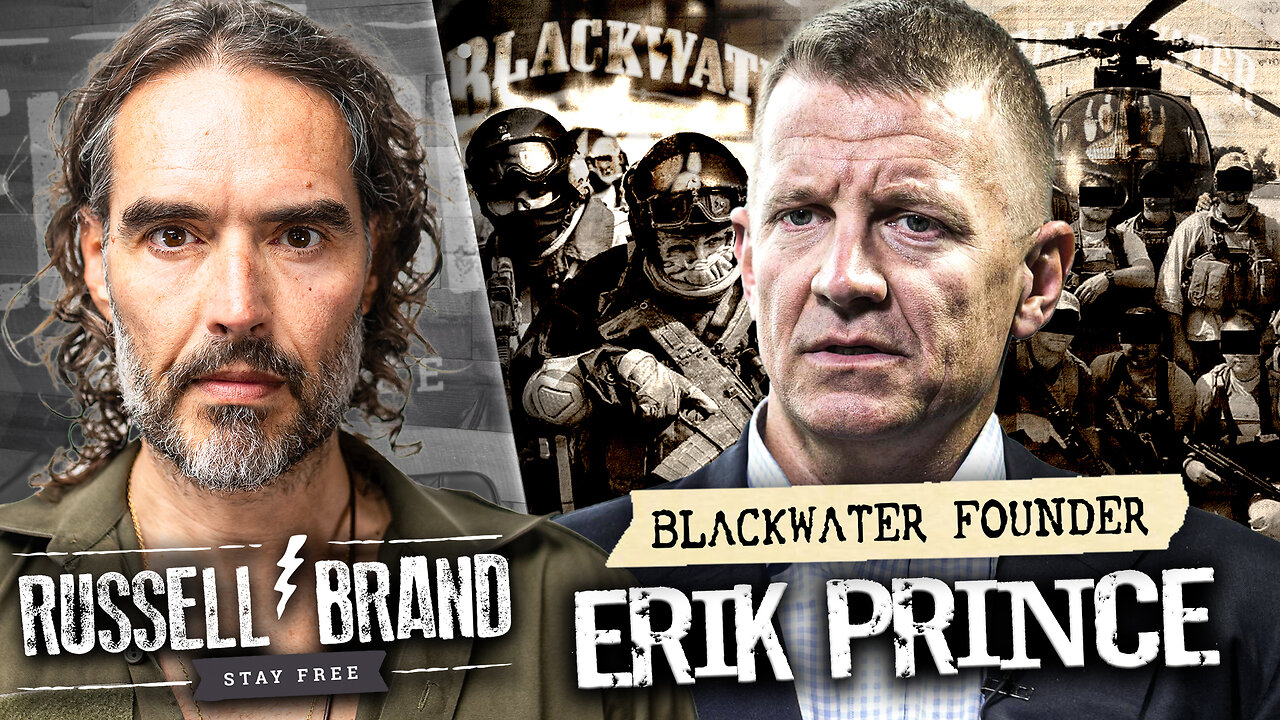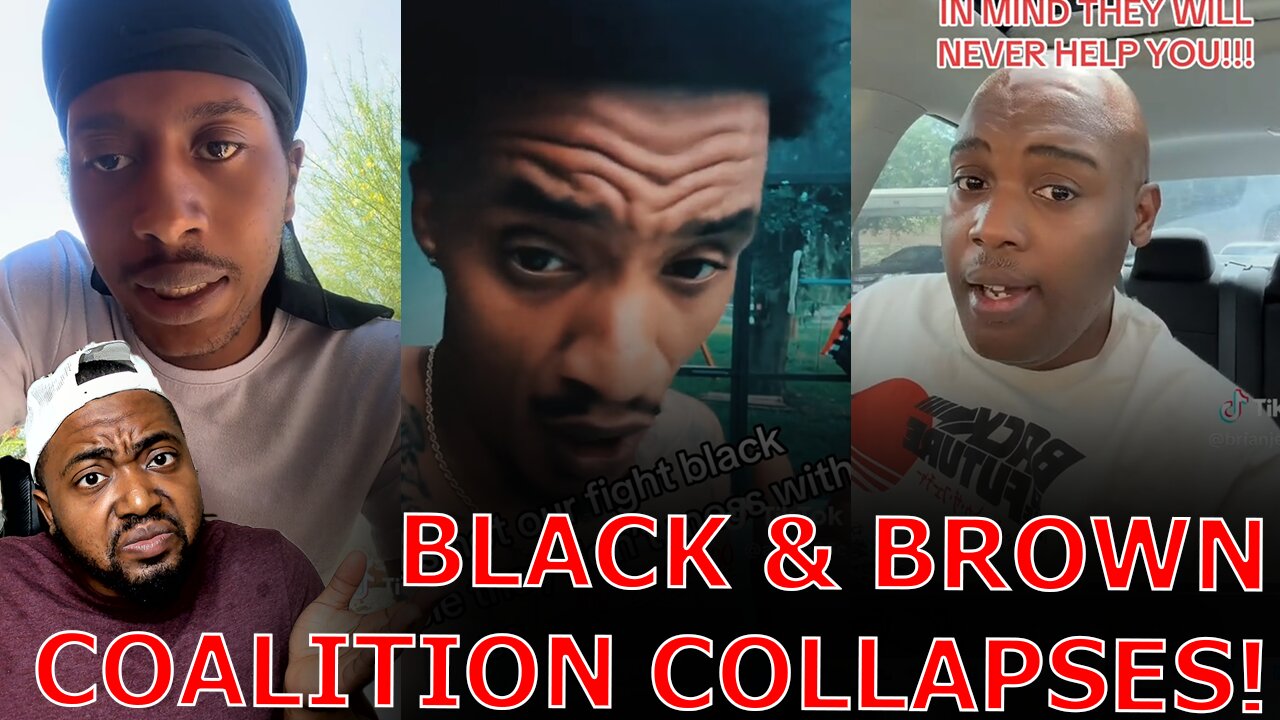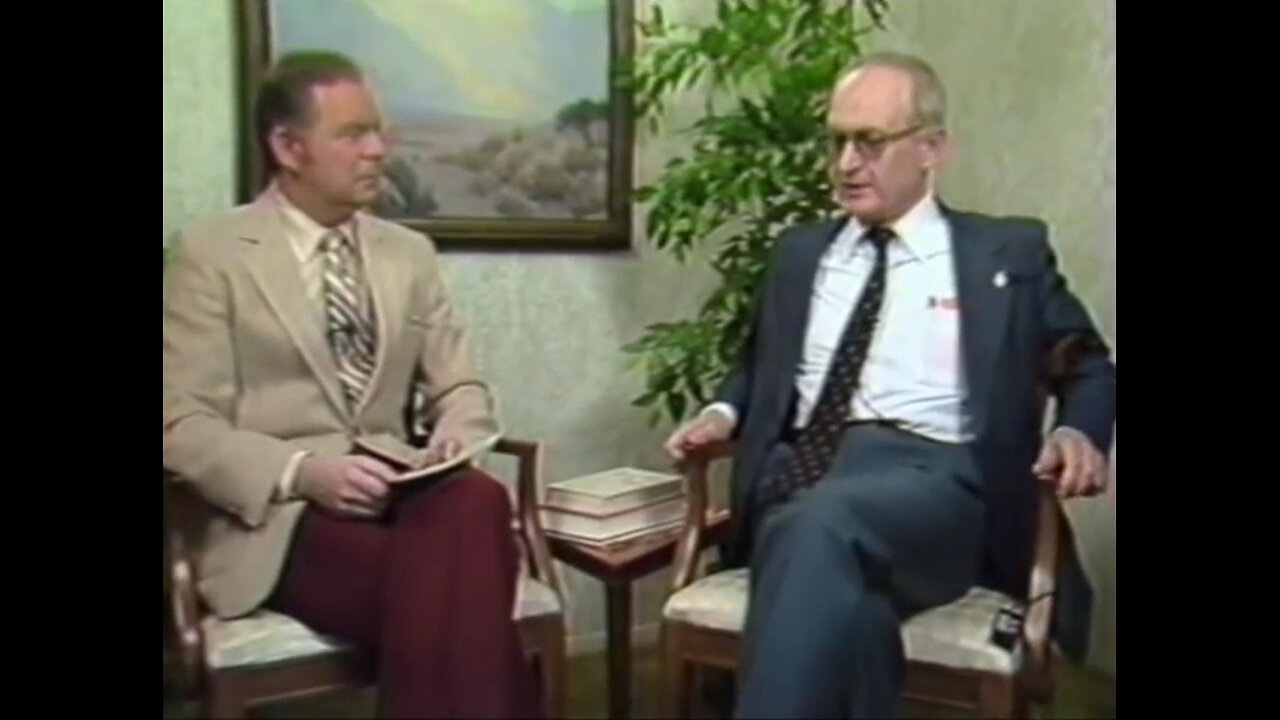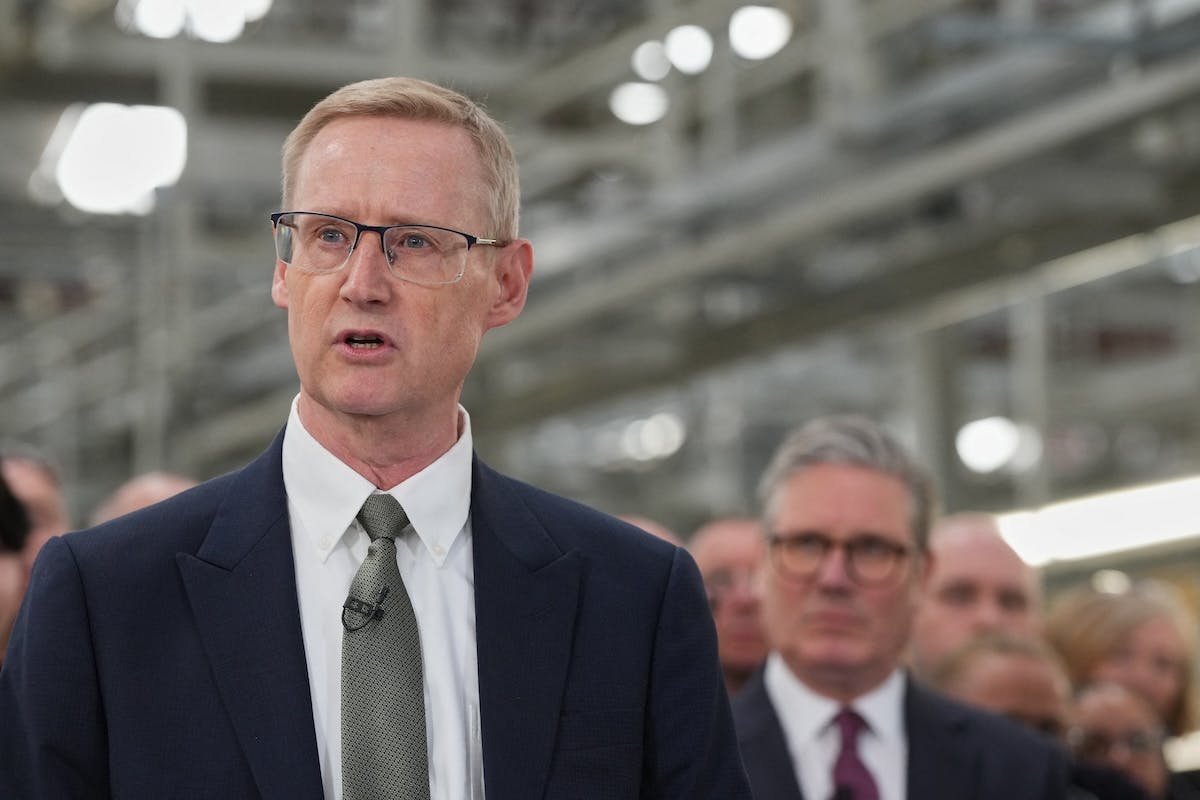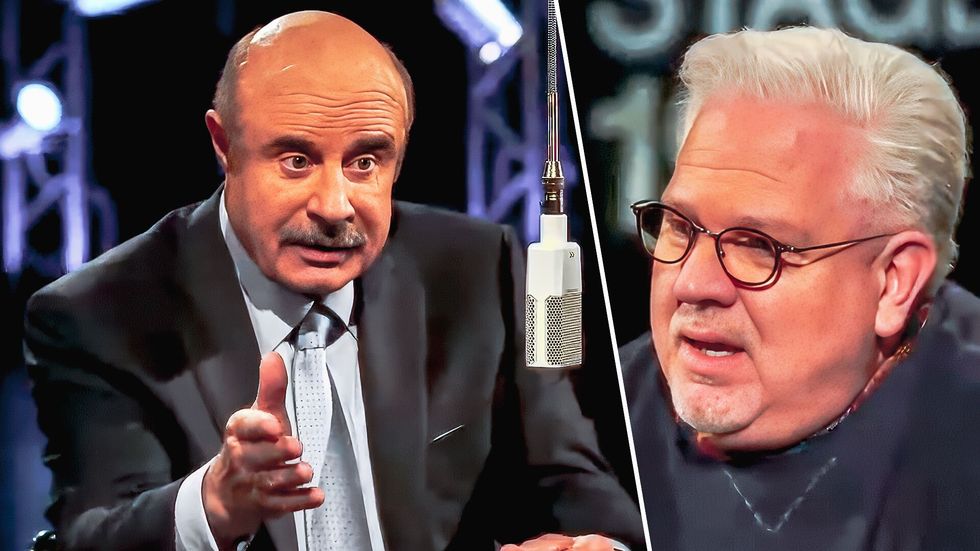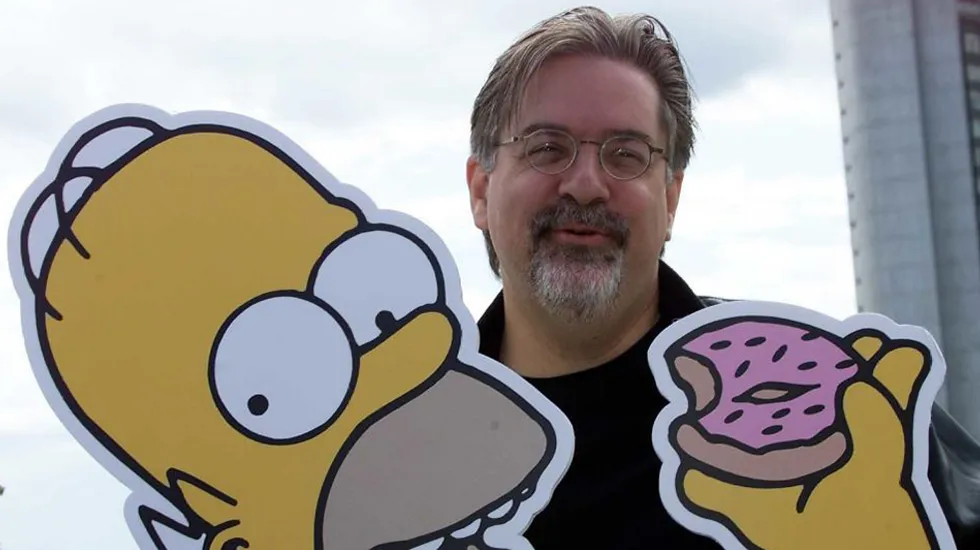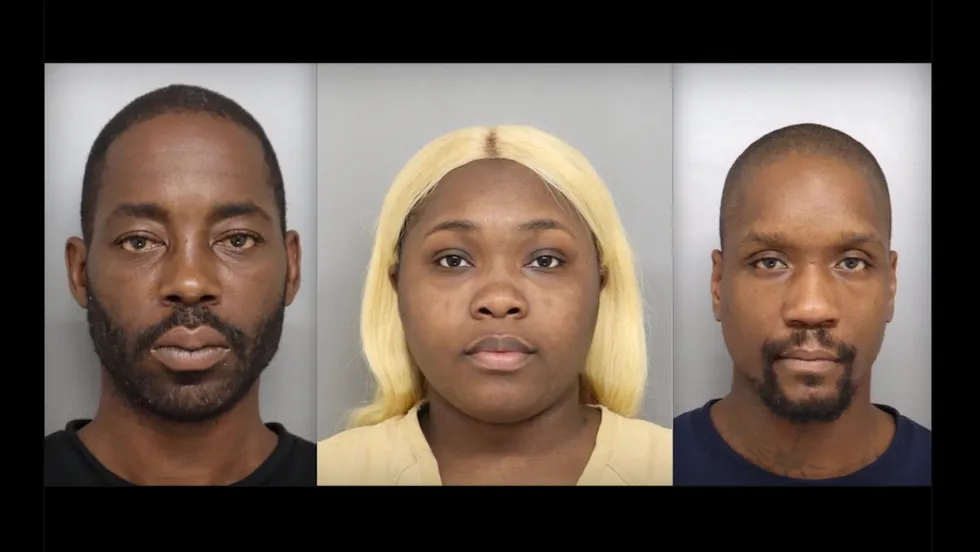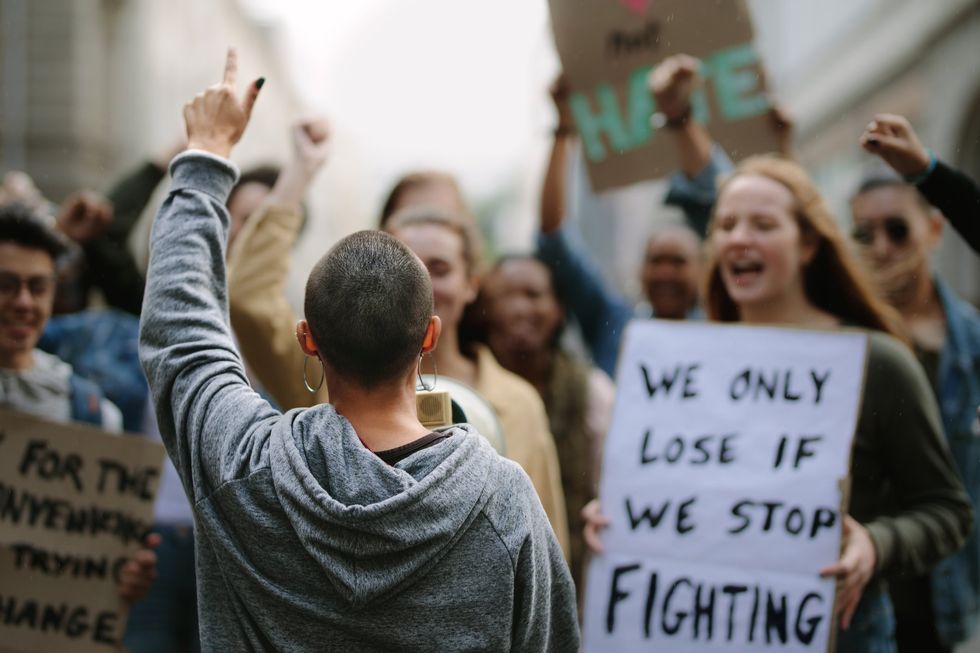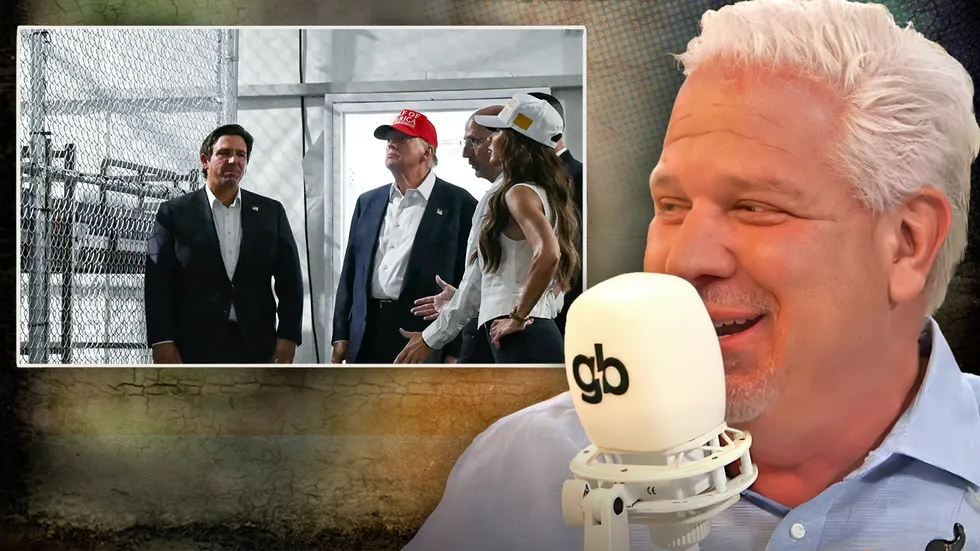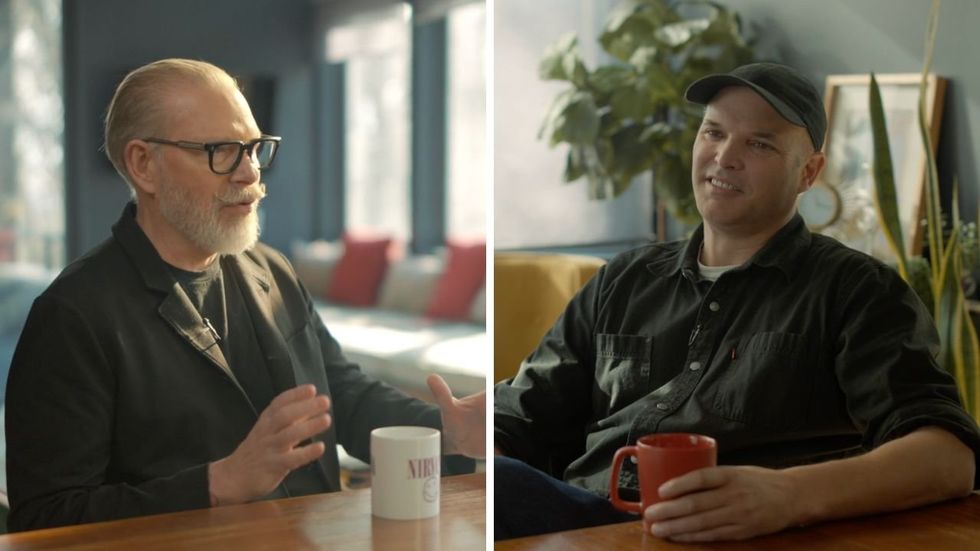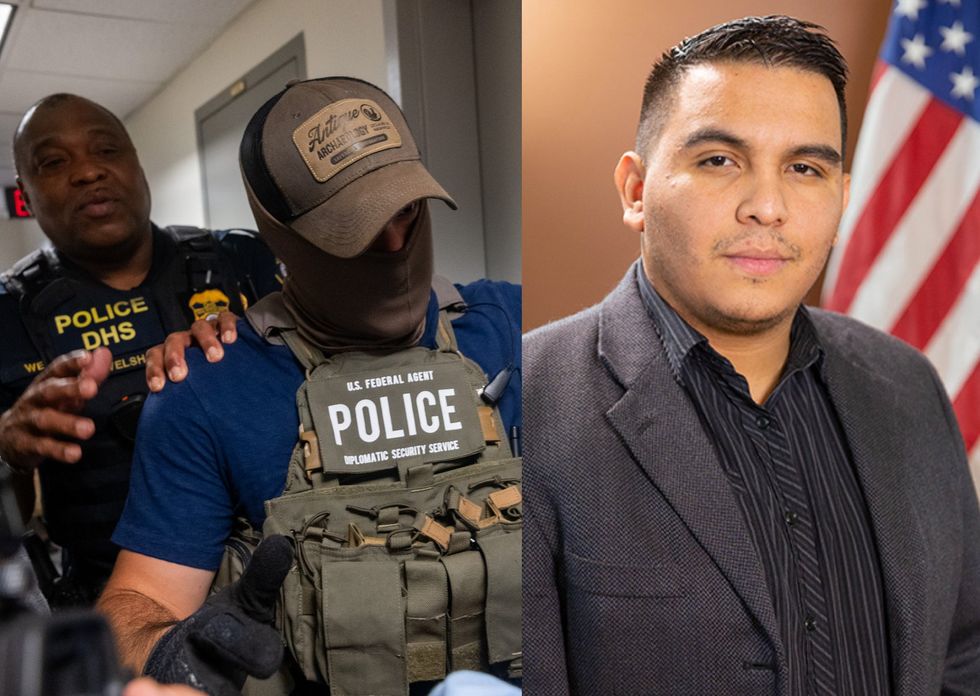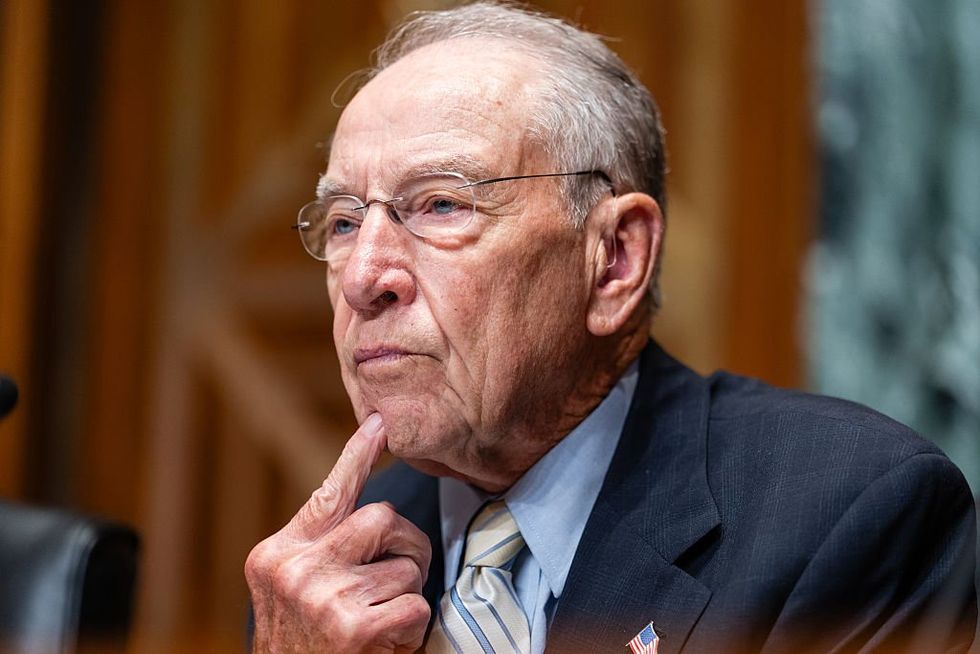‘The Food Babe’ Vani Hari’s MAHA Mission To Remove Chemicals From Food
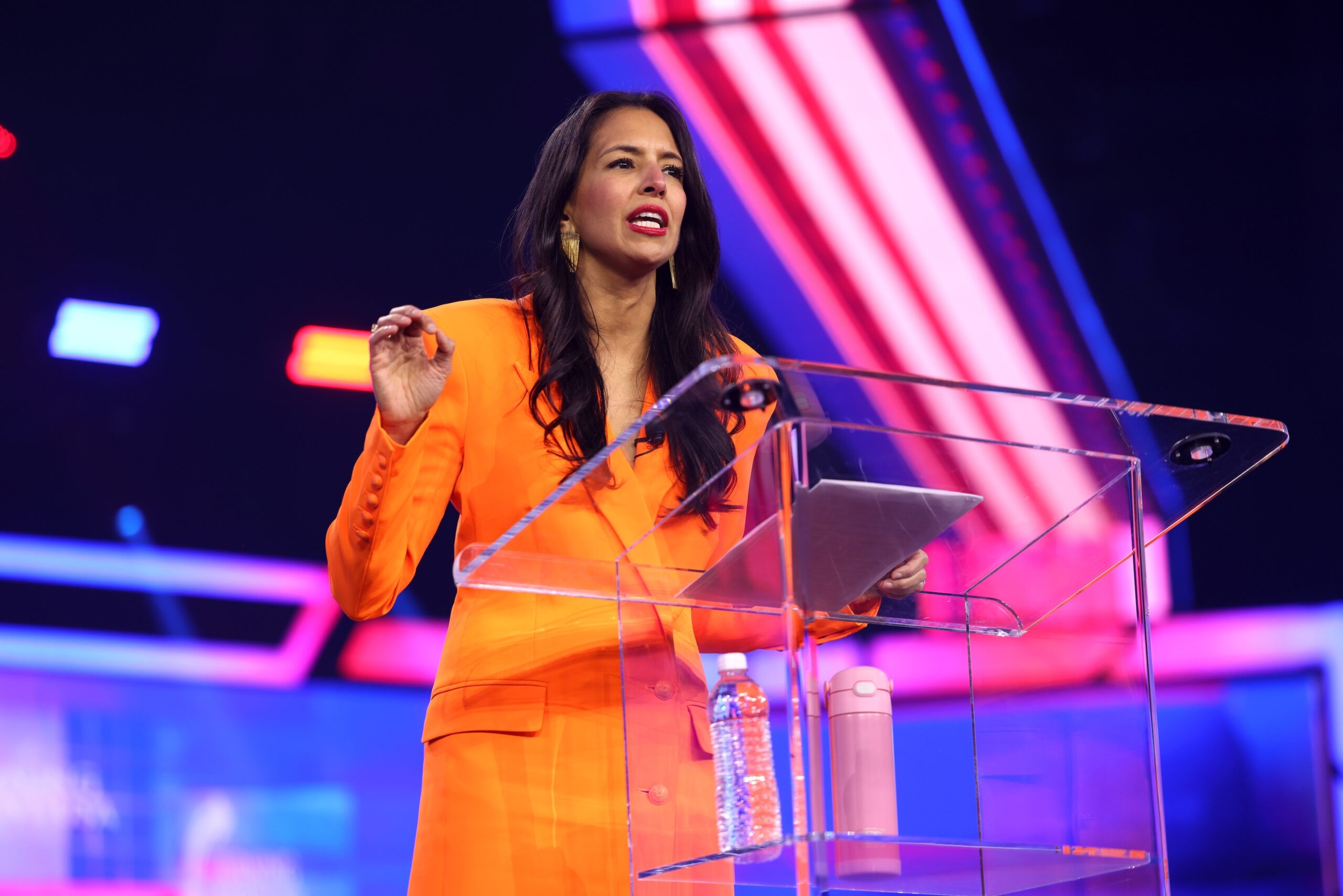
The following is an edited transcript of an interview between Morning Wire host Georgia Howe and Vani Hari, aka The Food Babe, on her support for RFK Jr. during his Senate confirmation hearings and how her personal story led her to fight to remove harmful chemicals from children’s food. Catch the full interview on a special Sunday edition of Morning Wire.
* * *
Make America Healthy Again champion, RFK Jr., was grilled on Capitol Hill this week as part of his confirmation process to become Health and Human Services Secretary. Despite fierce opposition from some Senators, parents and health advocates on both sides of the aisle have lined up to support him. In this episode we speak with Vani Hari, longtime food activist and New York Times bestselling author who was in the room supporting Kennedy during his Senate confirmation hearings. She explains why she believes parents are finally winning the battle to get chemicals out of kids’ food.
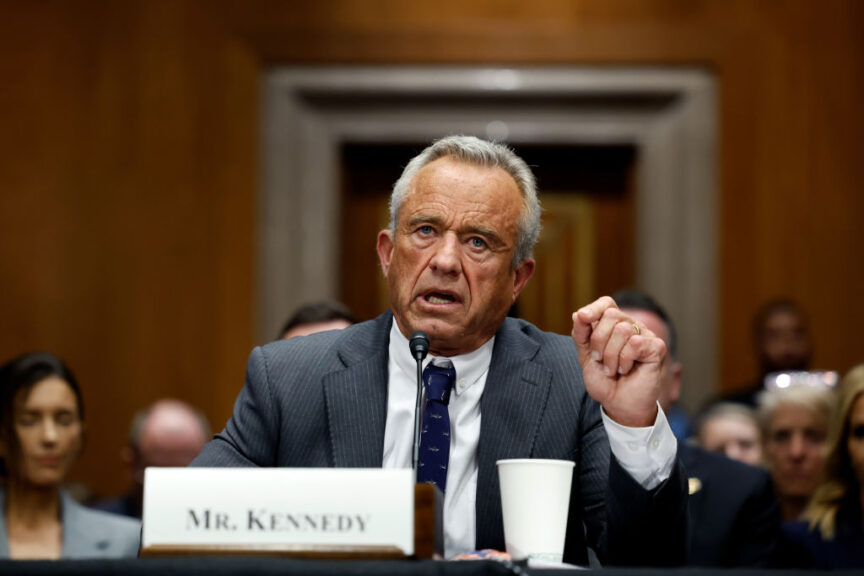
Kevin Dietsch/Getty Images
GEORGIA: Joining us to discuss the war over chemical-laced packaged food is Vani Hari, bestselling author, activist, and creator of the Food Babe blog. Vani thanks so much for coming on.
VANI: Thank you so much for having me.
GEORGIA: So first off, tell me a little bit about your path to food activism. How did you become interested in nutrition to begin with?
VANI: My parents came here as immigrants in the 1960s. And when they came to the United States, they were big on adopting the American culture. So when my dad went back to have an arranged marriage to my mother in India and they ended up coming here to live the rest of their lives, the first thing he introduced her to was a McDonald’s hamburger. And that’s how I was raised on an American standard diet. We were one of the only Indian families in Charlotte, North Carolina at that point, where I grew up and where I live now.
So everything was kind of handed to us in terms of what we should be eating and my parents were very trusting of the American food system. As a result, I was really sick as a child. I had eczema, I had asthma, I was in and out of doctor’s offices for most of my life. I was on so many prescription drugs. When my parents would take me to see doctors, they never asked them, like, “What is she eating? What are you feeding her?” They never asked about my diet, they just put me on the next medication. And that is how I grew up.
In my early 20s, I hit rock bottom when I ended up in the hospital having to get my appendix taken out, one of my organs. At the time they said, “Your appendix is something you don’t even need. It’s an organ that just can come out.” They made such a light situation out of it. I started to question what the doctors were telling me. Why did God give us an appendix? Why do we evolve having an appendix? I wanted to find answers. What happened to my appendix and why was it about to burst?
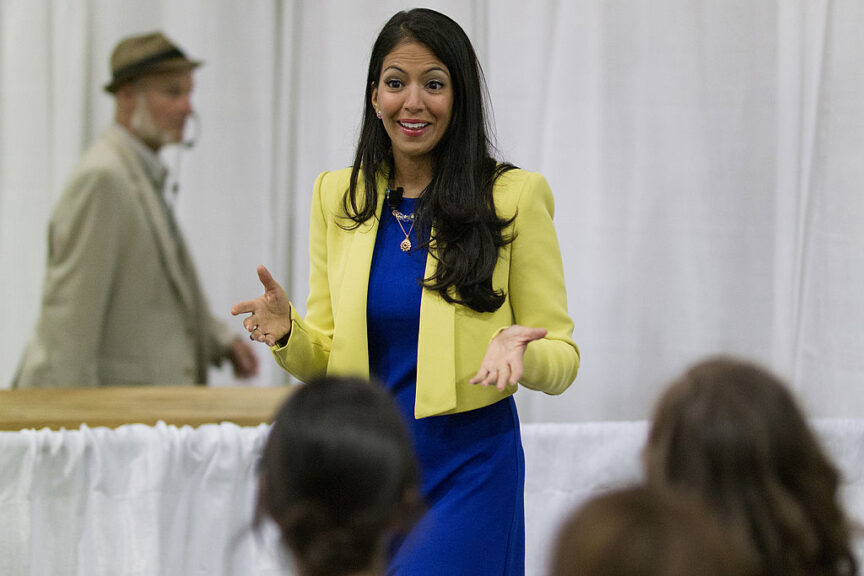
Jonathan Alcorn/Bloomberg via Getty Images
So when I started to research what was happening in my body, I found out that I had extreme inflammation, and that was coming from my diet. When I started to make changes shortly after that scare, I remember getting this one big book and there was a concept in it that hit me like a ton of bricks: The majority of foods on the grocery store shelf are dead. They’re not alive. And I thought, that’s how I’ve felt for most of my life. Like a zombie. Not wanting to get up in the morning to go to school. Not wanting to participate in activities or physical sport activities because I didn’t have the energy because of my asthma. So when I started to take the concepts in that book and apply them to my life, I started to eat as much real living food as possible, things like fruits and vegetables and things that I would find at the farmer’s market — my whole life changes. I mean, it was dramatic to the point where I lost all of the weight that I had put on as a result of this lifestyle.
I also started to realize a level of health that I never thought was possible. I got off nine prescription drugs, and the people around me who grew up with me — my relatives, my friends, my family — they were like, “Whoa, you have made a dramatic transformation in your appearance. What are you doing? We want a piece of what you’re doing.” They actually begged me to start a blog to share this information, to share my recipes and what I was doing, and why I suddenly refused to eat candy because it had artificial food dyes. They wanted to know the green drink that I was drinking and what was in it and how they could make it at home.
And this is before we even had a Whole Foods in Charlotte. Back then it was the little mom and pop natural food stores or the farmer’s market. So I had to really teach people in my community and people around me about these new methodologies of how to take care of your health and actually look at the root cause of what’s happening in your body. I started to realize that there were so many people out there beyond my friends and family who didn’t know the truth about what was happening in our food supply. I wanted to investigate it for them. And I wanted to investigate it for my own personal reasons. There are so many products that I thought were healthy but weren’t actually healthy. Things that I thought were good for me because they only had 400 calories or this many fat grams or they had the marketing of “eat fresh” at their fast food chain — I thought I was eating fresh, but I found out I wasn’t.
So I started to investigate these major fast food chains and major food companies. And then companies started reaching out to me. I think the first one was a yogurt chain who I was very upset with because they were really promoting the fact that they were using “organic milk” in their yogurt. And I thought, “This is amazing. This is so awesome. I could go to the mall and I can have this treat and it’s good for me.” But when you looked at the ingredients, they were coloring their products with artificial food dye. They were putting in preservatives and trans fats. Yes they were starting with organic milk, but they were adding 30 more chemicals to the concoction they put in the machines. So I wrote about that and how duped I felt, and it went so viral that the CEO of the company reached out to me, pulled the marketing off their stores, and apologized.
GEORGIA: Wow.
VANI: That was my first taste of activism, and my first taste of, “Oh my gosh, my voice can make a difference.” And then Chick-fil-A invited me to their headquarters after I wrote an article called “Chemical Filet or Chick-fil-A?” I showed the hundred ingredients that they have in their Chick-fil-A sandwich and how I thought they were healthier than going to McDonald’s. But when I compared them to the McDonald’s ingredients they were virtually the same. And this really shocked people. I mean, it went so viral that the executives at Chick-fil-A invited me to their headquarters to consult on their menu items on how to make their ingredients better.
When I was taking off work to go there to consult with them, instead of consulting with the banking institutions, I was like, “Okay, something got to give here. Like this is obviously way more impactful than what I’m doing at the banks.” So I ended up deciding to quit my job. I was not making a dime doing Food Babe. It was literally a passion project.
The beautiful thing that happened after I quit my job was, I was able to spend 100% of my time researching the food industry. And the first thing I did — you know, I was an avid traveler. I loved to travel, it’s been a passion of mine since I was a little girl. And whenever I would go to Europe or another country, I’d always feel better. I felt better. I liked the food better, it tasted better. And I thought, “What’s going on here? Why is it so different?” So I started to compare products that we have here in the United States to products that they sell in other countries — the exact same products. Like a Doritos package here in the United States versus a Doritos package in Europe. And I would compare the ingredients. I did this large investigation and I think the title is something like, “How U.S. Companies Are Exploiting Americans.” I showed these stark differences between the same product that’s being sold here and in other countries, and how in other countries they’re using better and safer ingredients. And while here they’re using man-made chemical additives. That side-by-side comparison went so viral that it was an opportunity to finally say, “You know what, we need to hold the food companies accountable for this.”
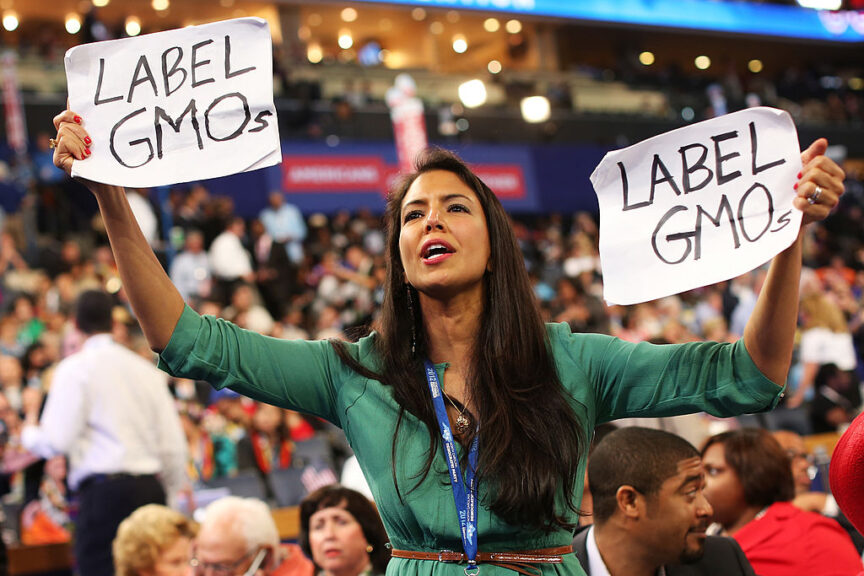
Chip Somodevilla/Getty Images
One of the examples in that investigation was Quaker Oats. Here in the United States, Quaker Oats has a “Strawberry and Cream” Quaker Oat pack, right? They had dyed Apple pieces to make them strawberry — dyed with a Red 40, an artificial food dye, linked to hyperactivity in children and can be contaminated with carcinogens. But in Europe, they’re using real strawberries. And you know, Quaker quickly got caught on that and that product doesn’t exist anymore, thankfully. But it was something that I just couldn’t believe the stark differences.
So I decided to take on one of the largest food companies in the world, which was Kraft at the time. They were serving little children Mac and Cheese with artificial food dyes — Yellow-5 and Yellow-6. Meanwhile, in Europe, they’re using paprika and beta carotene. It was a viral petition. It was so exciting, for the first time we were on national TV.
So I took them on. I remember it [the petition] gained a lot of steam, like 270,000 signatures, very quickly. And on April 1 — it wasn’t Happy April Fool’s Day for Kraft that day because I took the petition to their headquarters and I demanded a meeting and they sat down with me. I sat down and I looked them in the eye and I just said, “Why aren’t you doing this for American children? You already have the formulation in other countries. Why are we getting the man-made additives that are linked to all of these health issues that we’re experiencing? You know we have crazy chronic rates of disease with our kids, we have like close to half of children on some kind of medication. What is going on here?” And they looked at me and they said, “We have to agree to disagree.” And they dismissed me. And I thought, you know what? I’m not going to let up. I’m going to keep leading the charge. I’m going to keep educating the public. I’m going to tell people the truth about these chemicals.
Within six or seven months, they had to change because what happened was we were able to change the marketplace. People went from Kraft Macaroni and Cheese to their competitor, Annie’s, who didn’t use artificial food dyes. And then General Mills saw an opportunity — we’re going to buy Annie’s for $800 million. So, at that point, Kraft’s like, “Shoot, we’re going to lose all our market share. We need to change right now.” And they did.
The funniest part of it all, which just makes me laugh to this day, is whenever they told the press that they were making the change, they’re like, “It had nothing to do with the petition,” right? “It had nothing to do with the worldwide press on this issue.” So I took that momentum and took on more giants…
* * *
Catch the FULL INTERVIEW on Morning Wire
Originally Published at Daily Wire, Daily Signal, or The Blaze
What's Your Reaction?
 Like
0
Like
0
 Dislike
0
Dislike
0
 Love
0
Love
0
 Funny
0
Funny
0
 Angry
0
Angry
0
 Sad
0
Sad
0
 Wow
0
Wow
0
